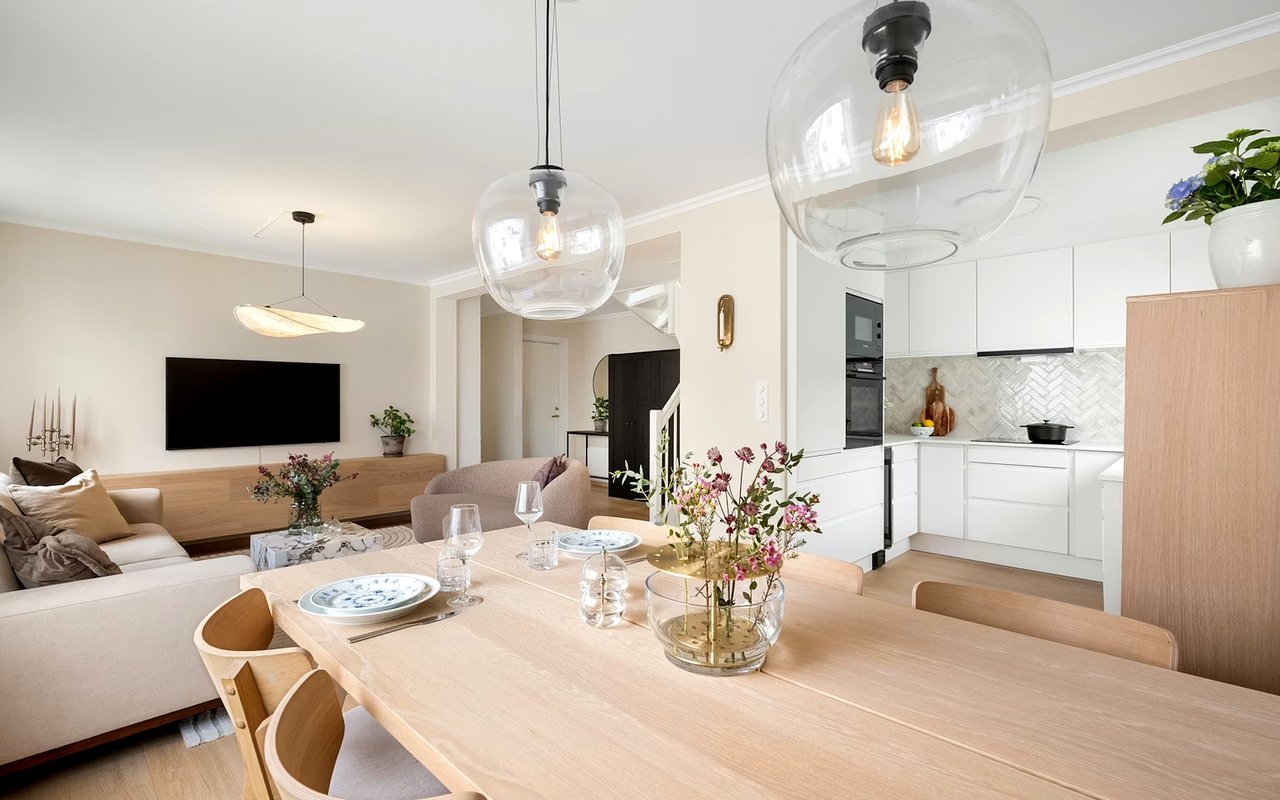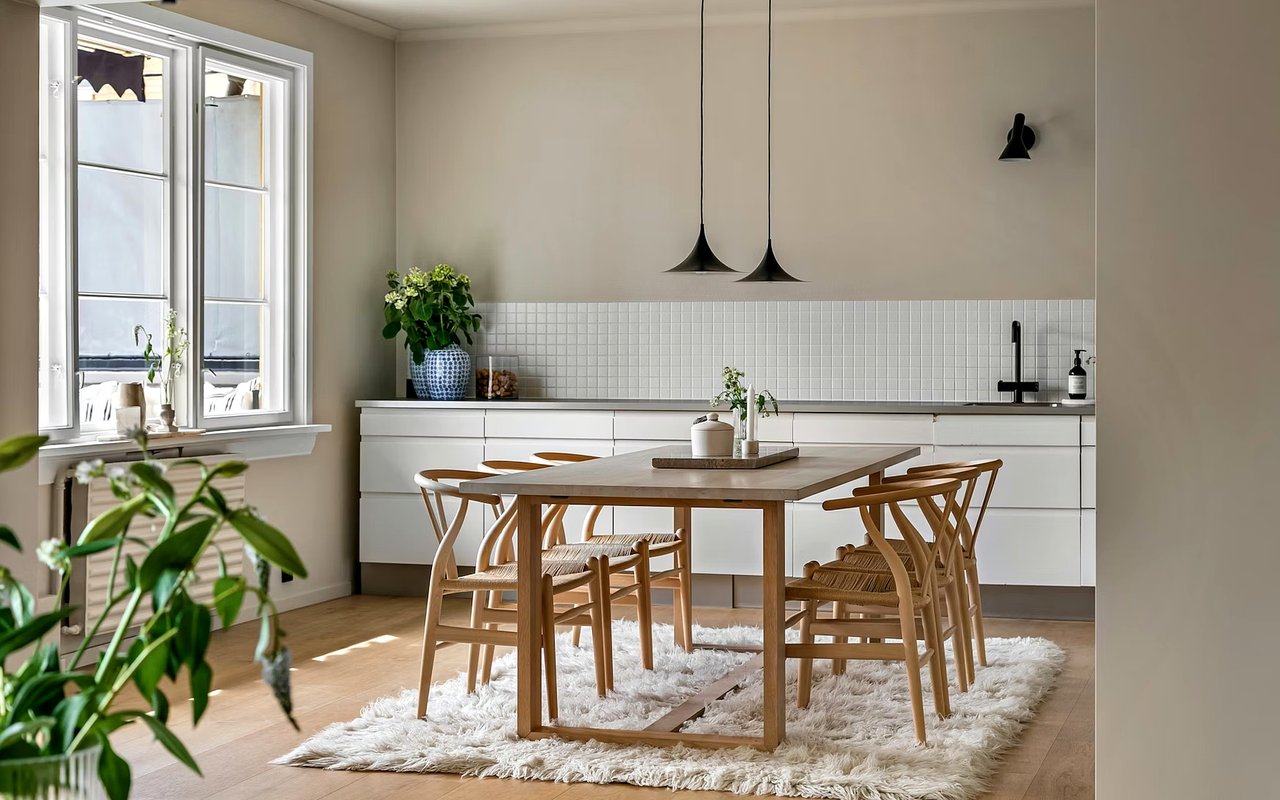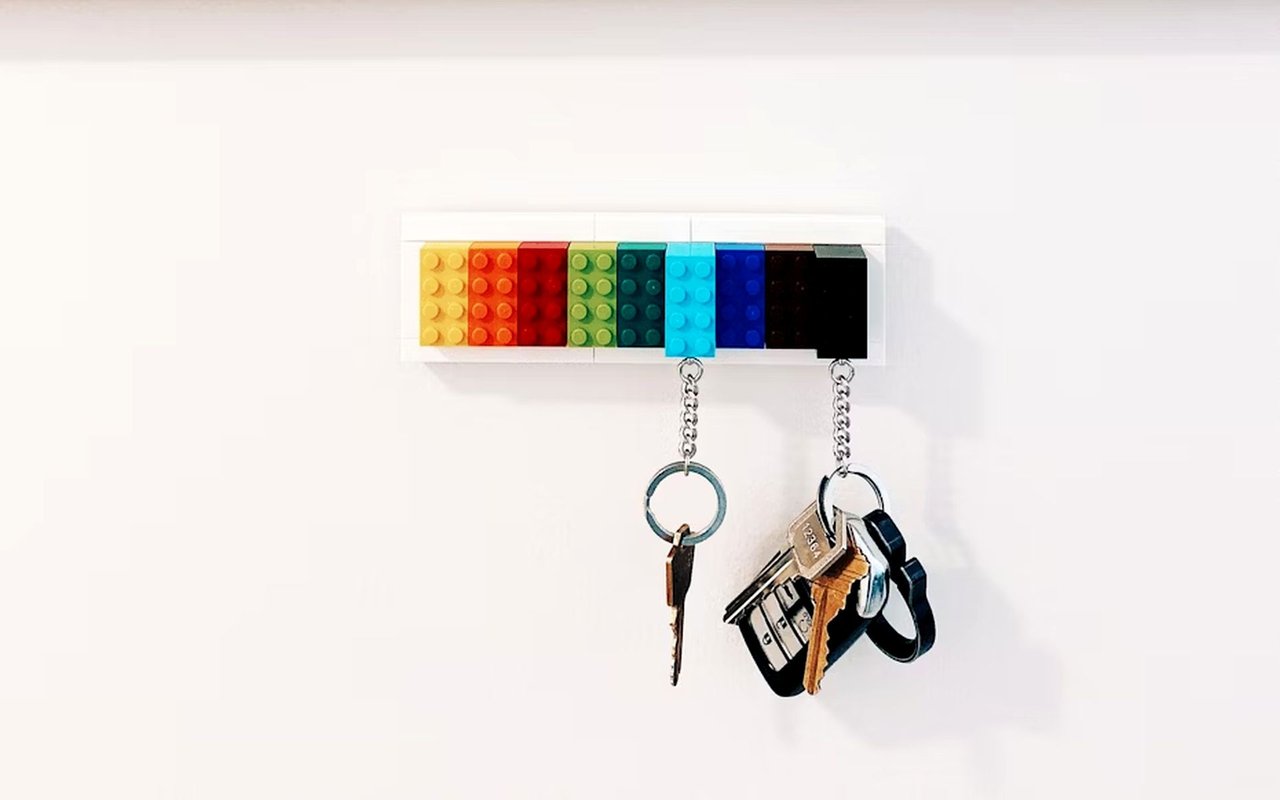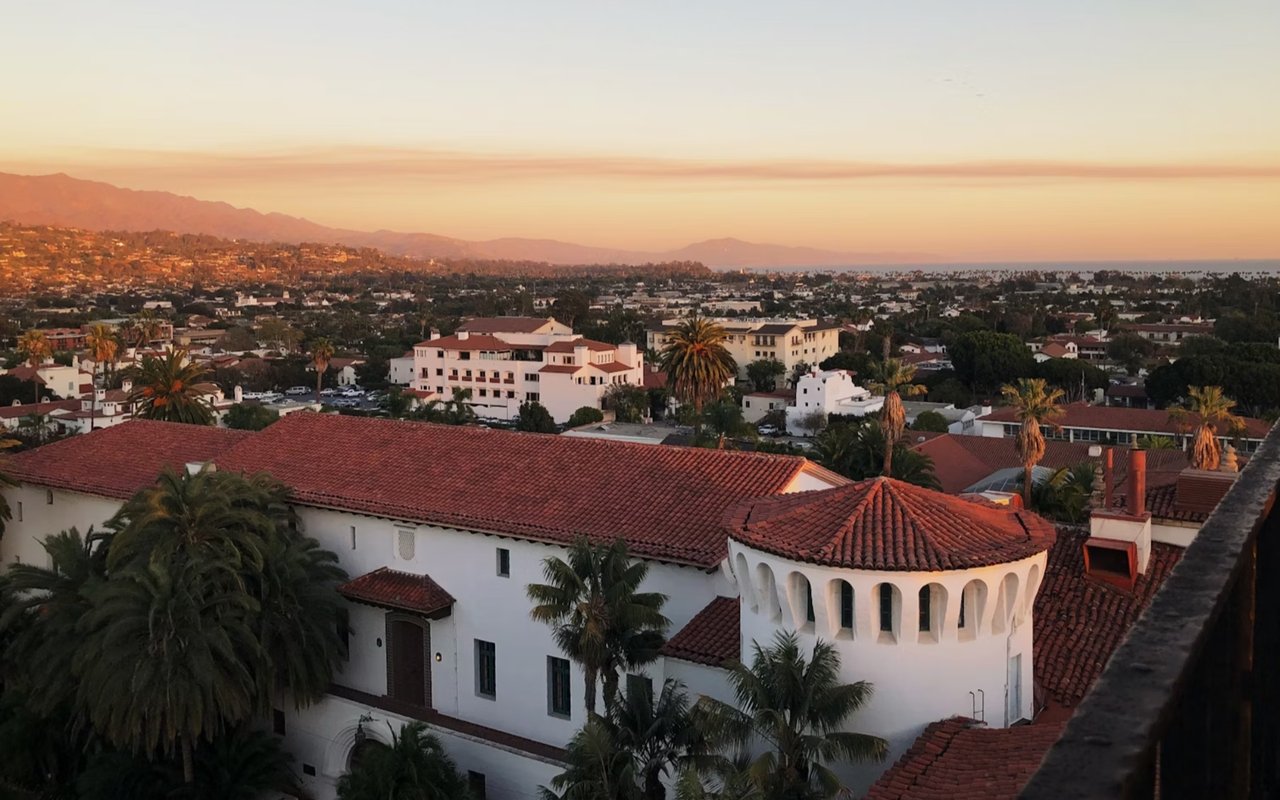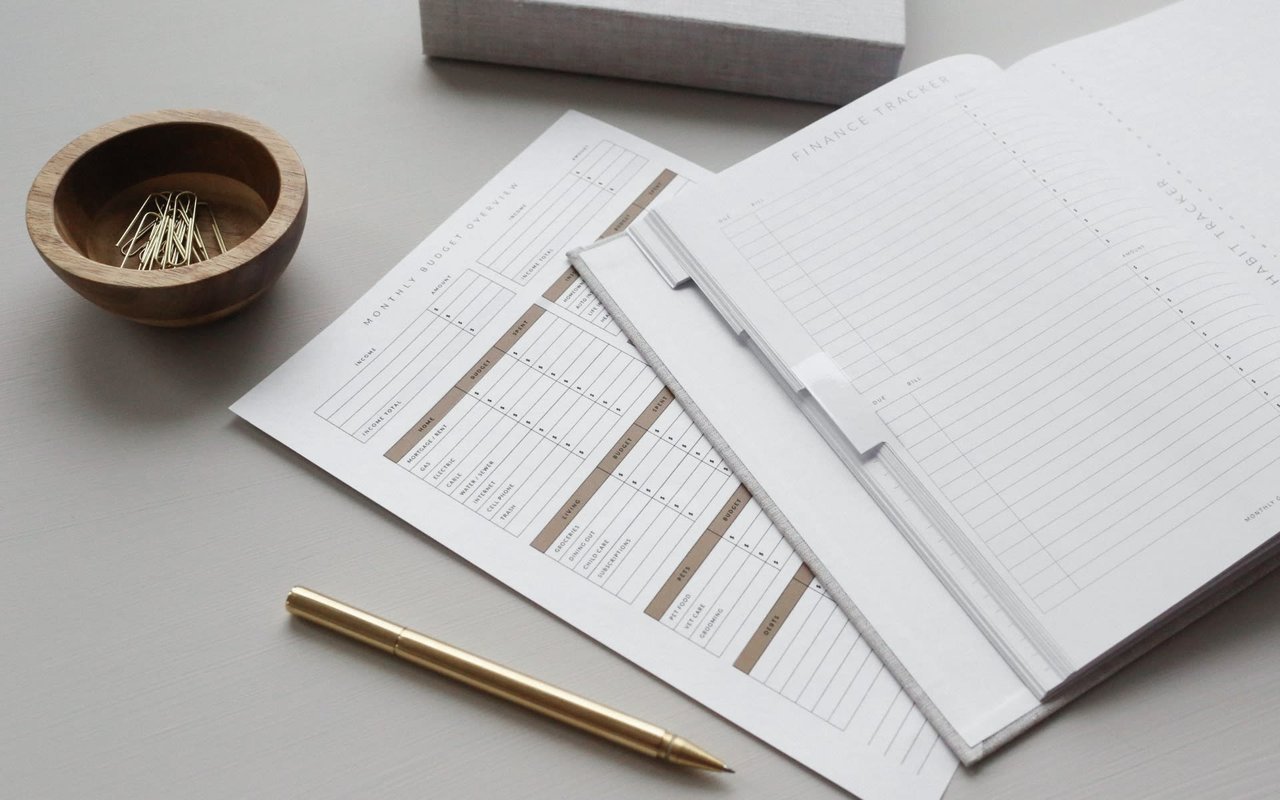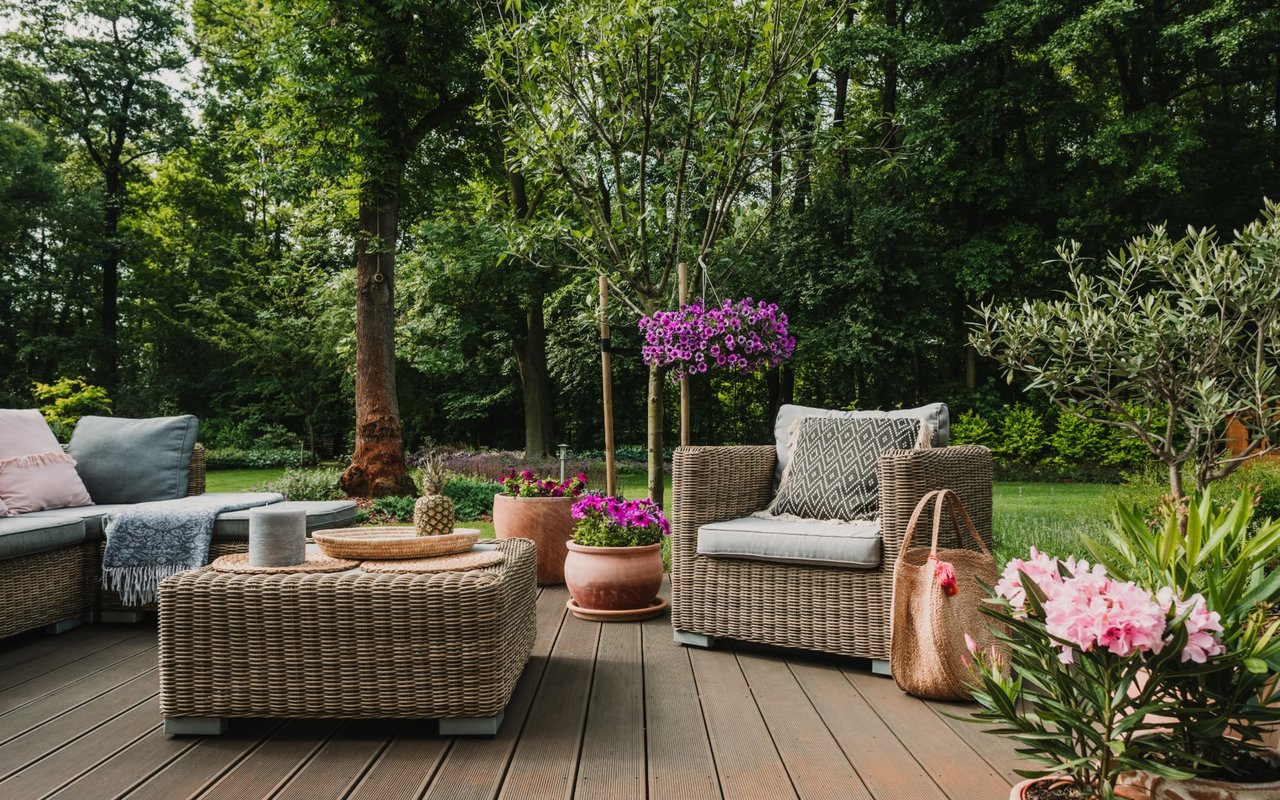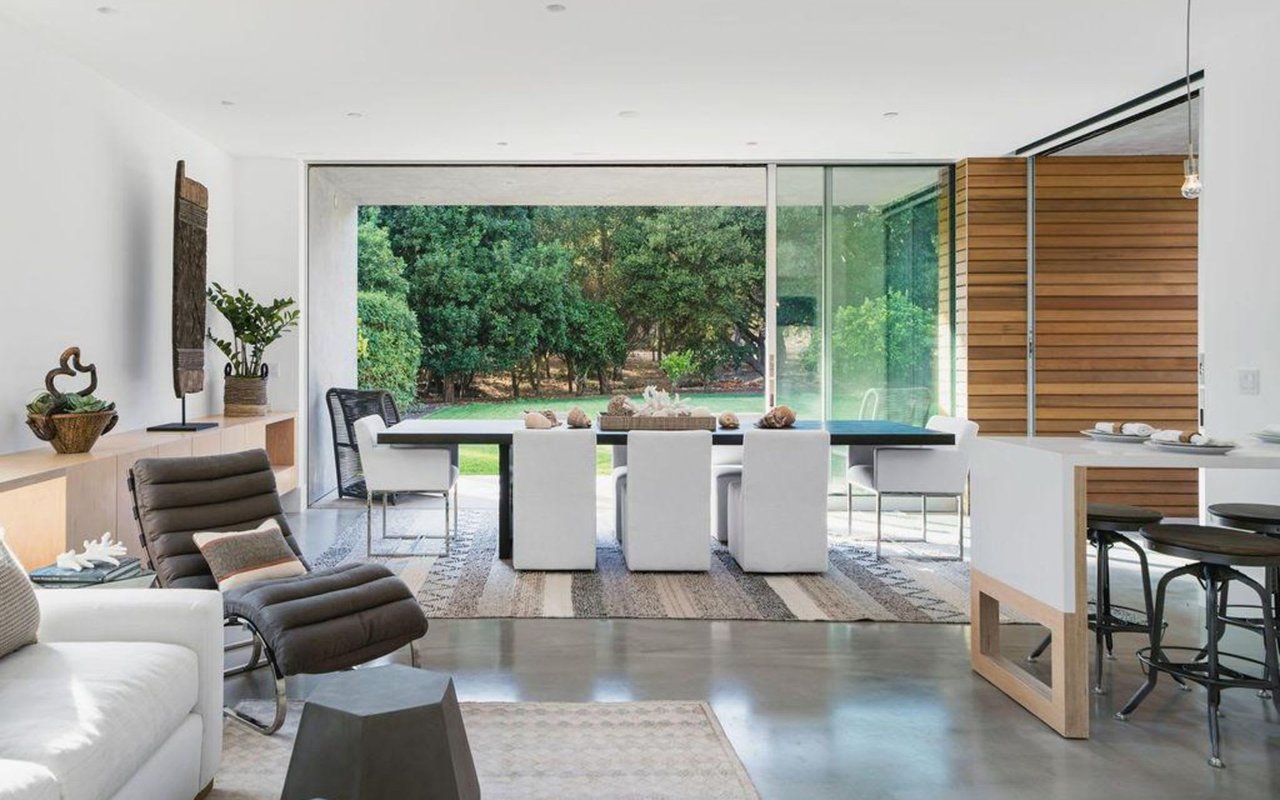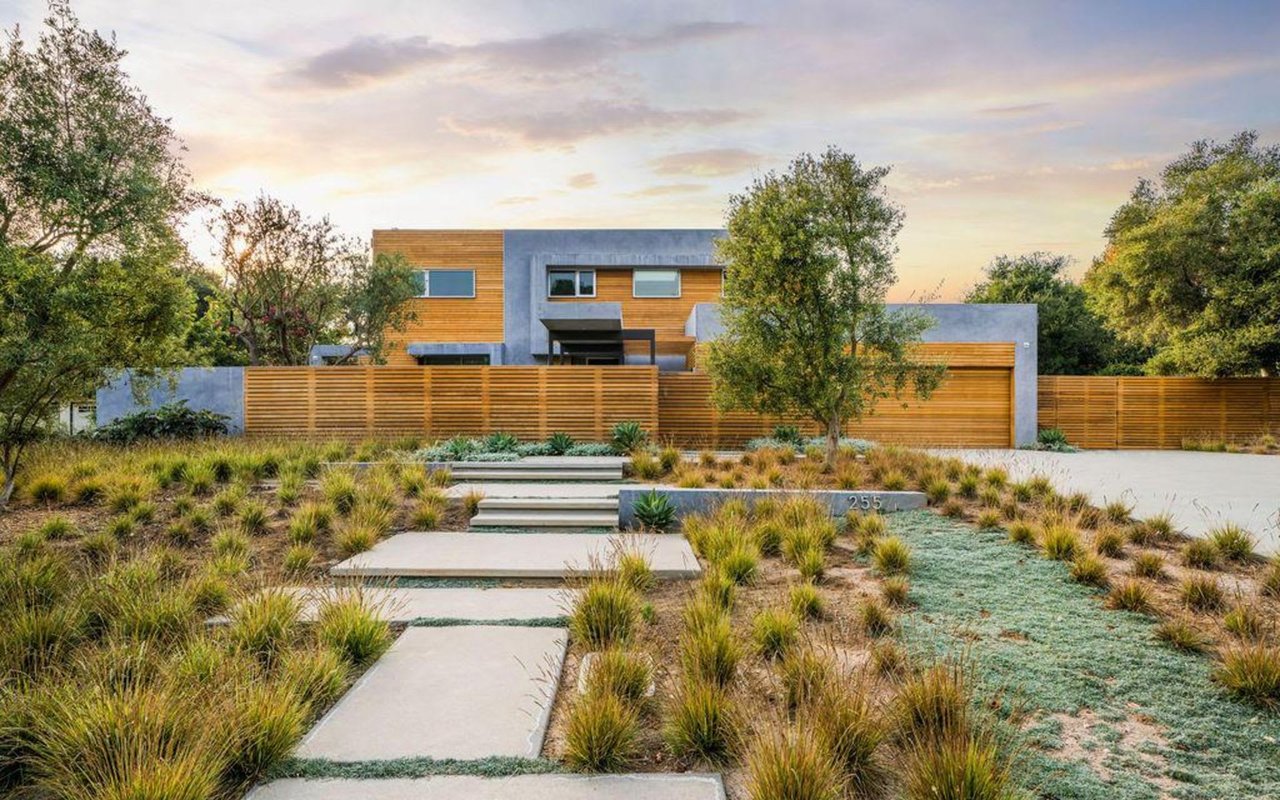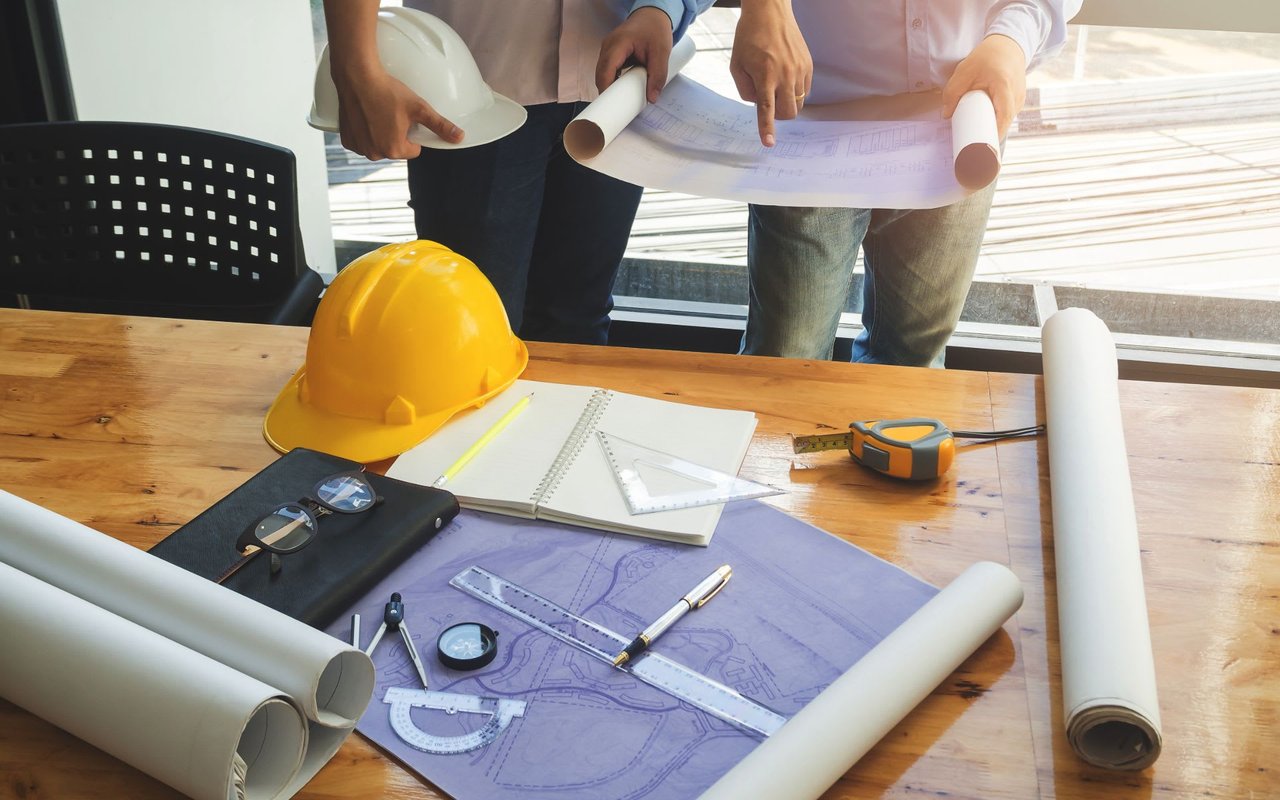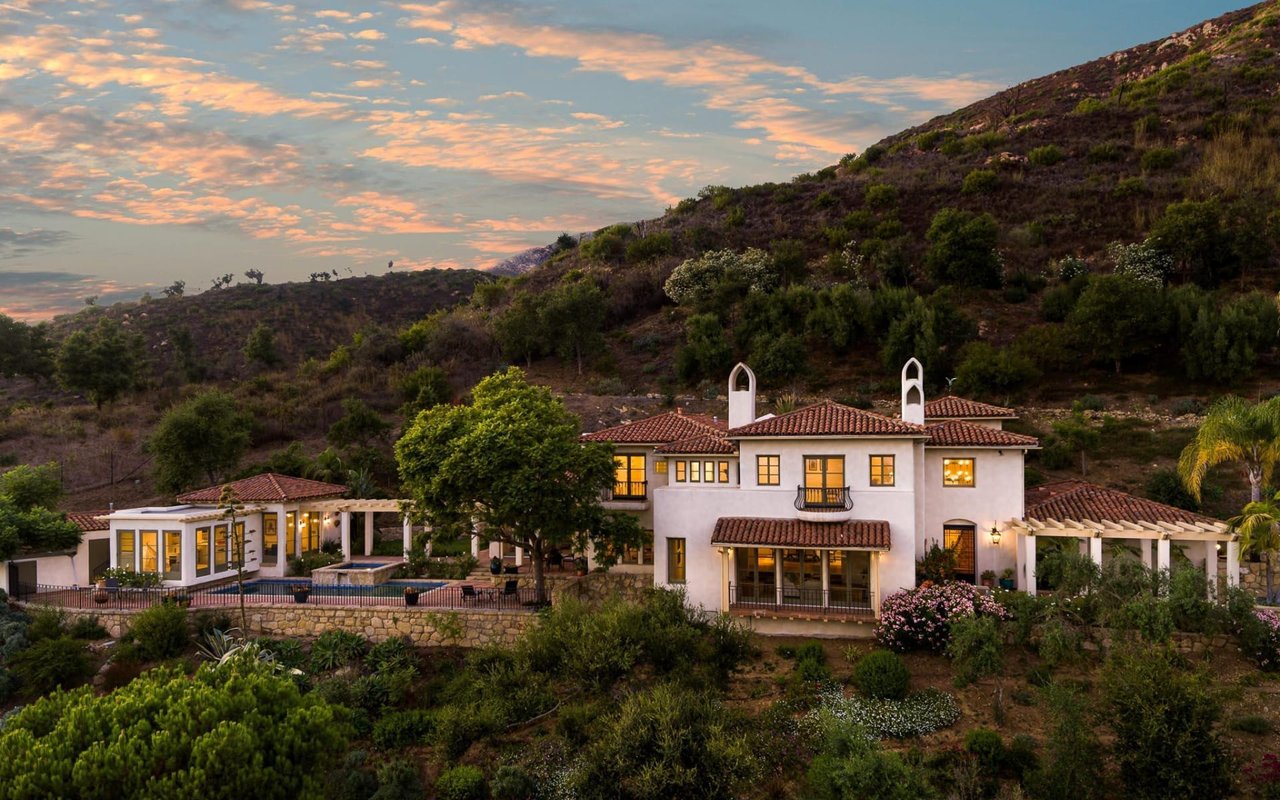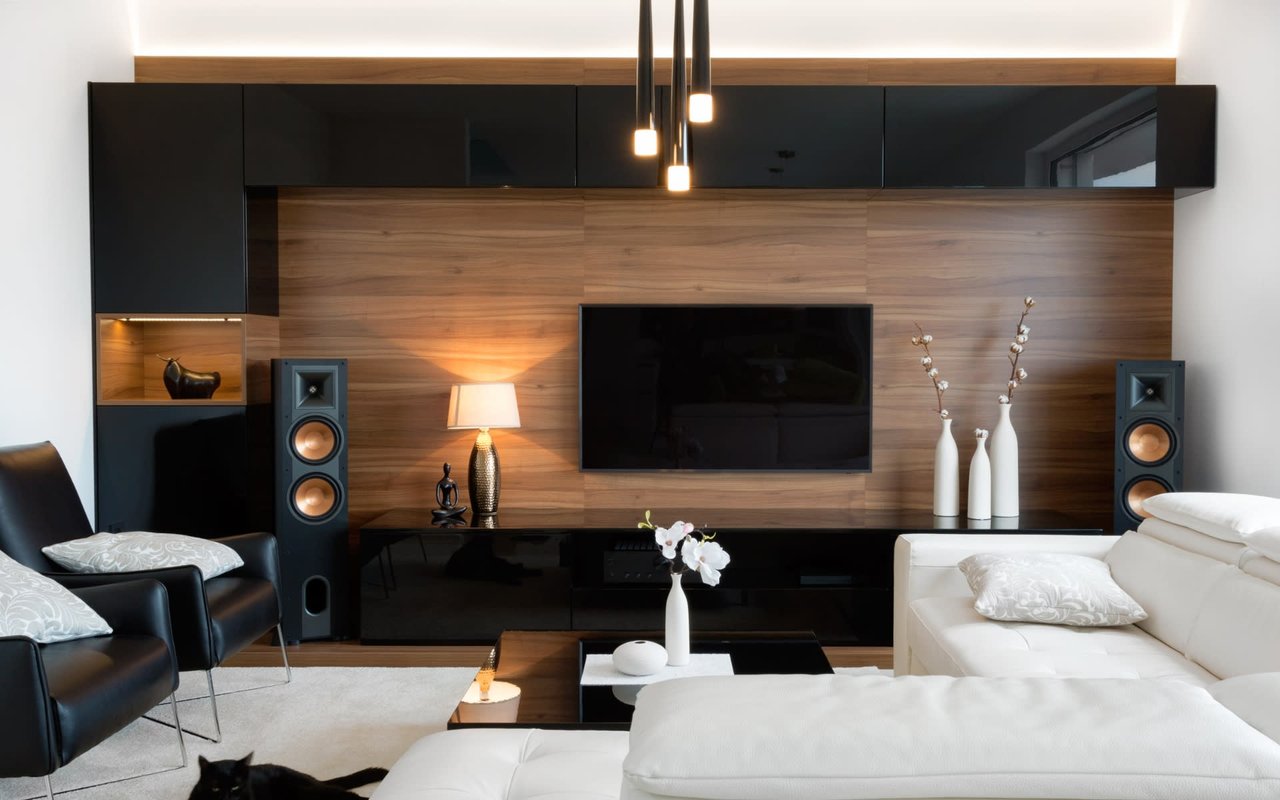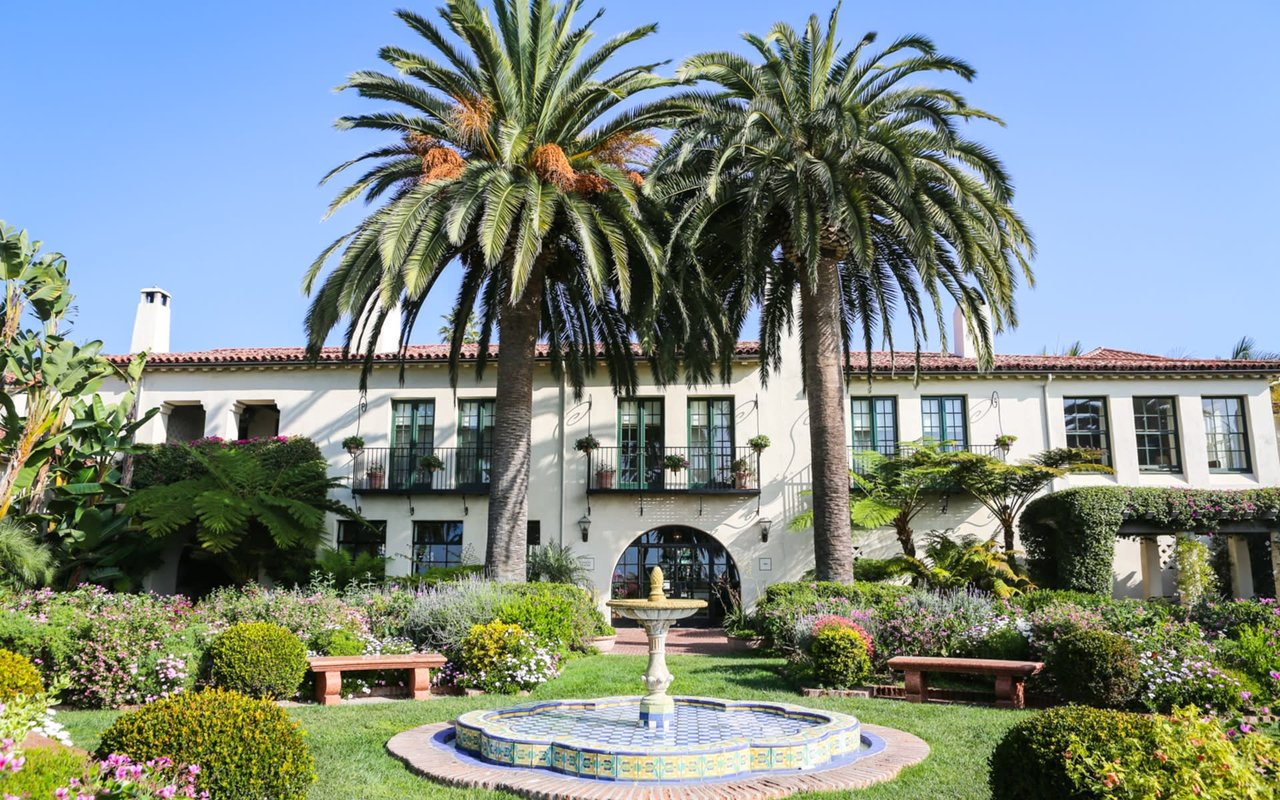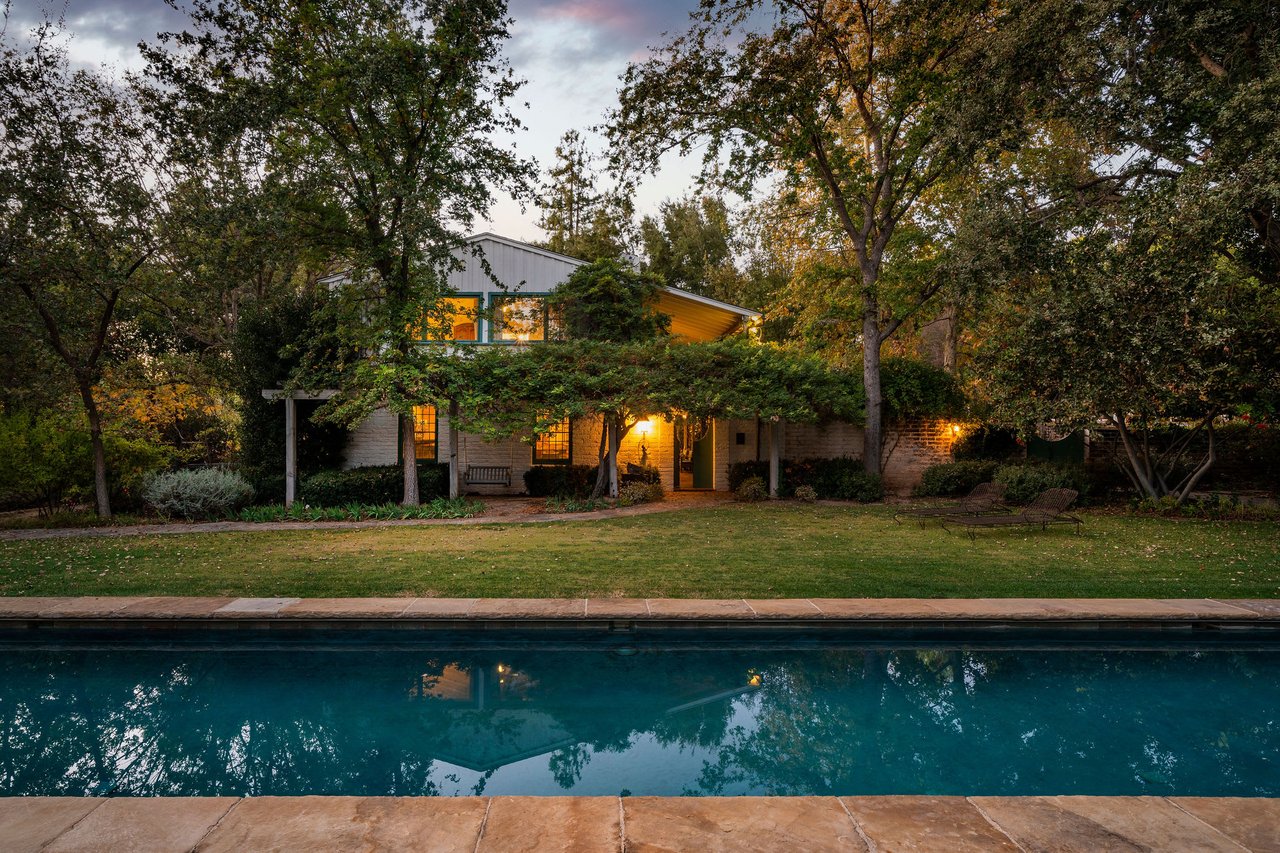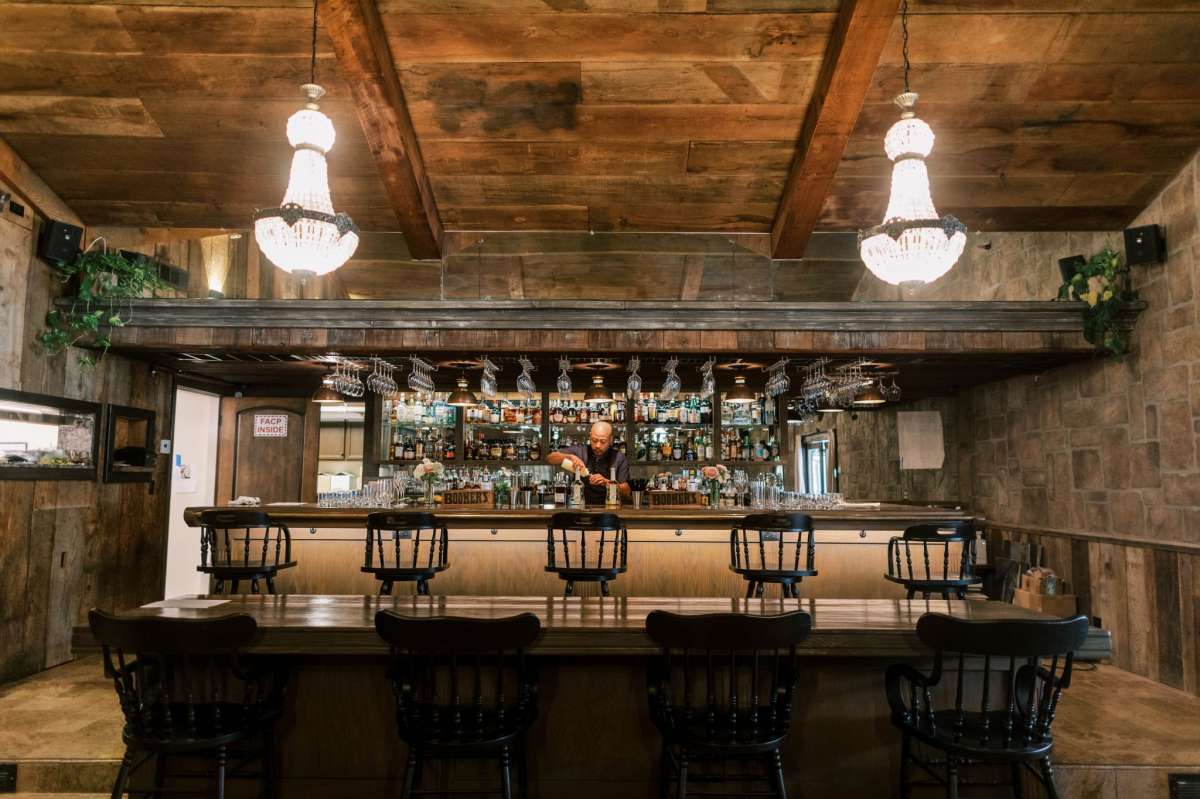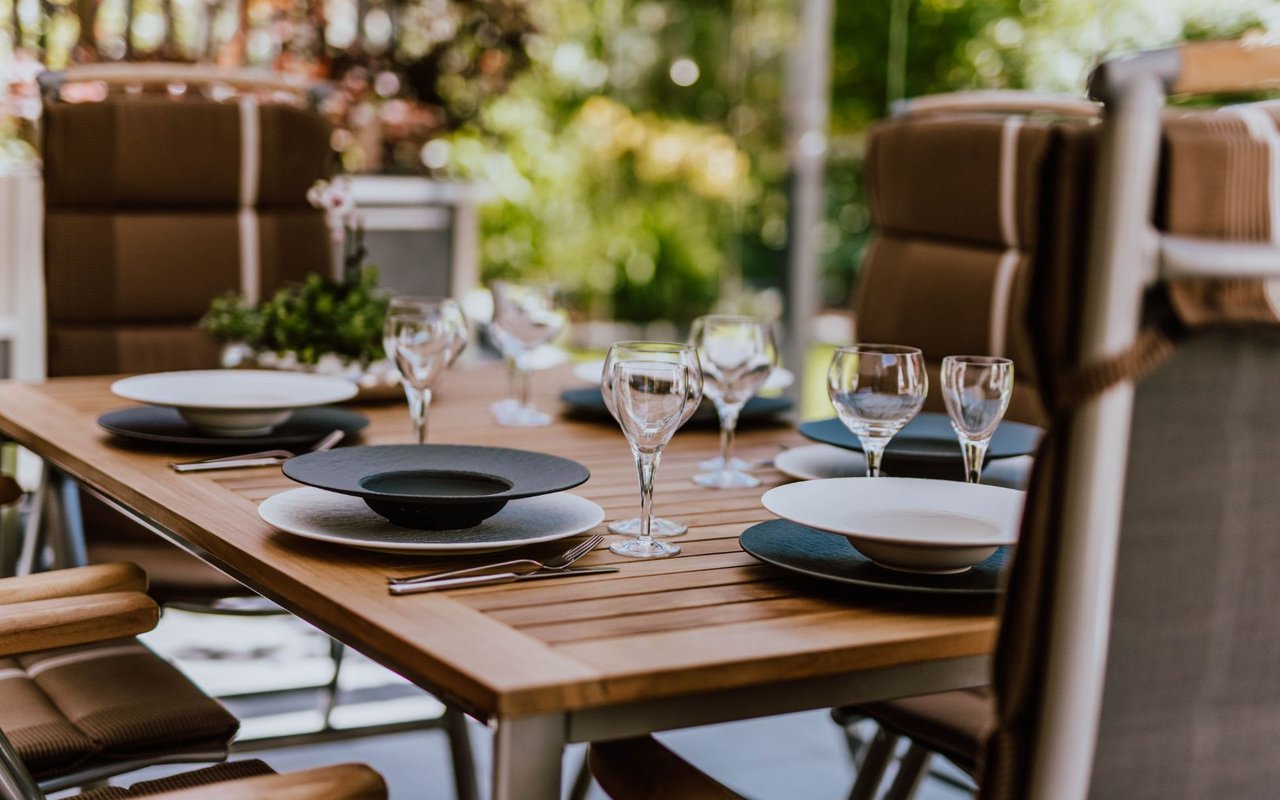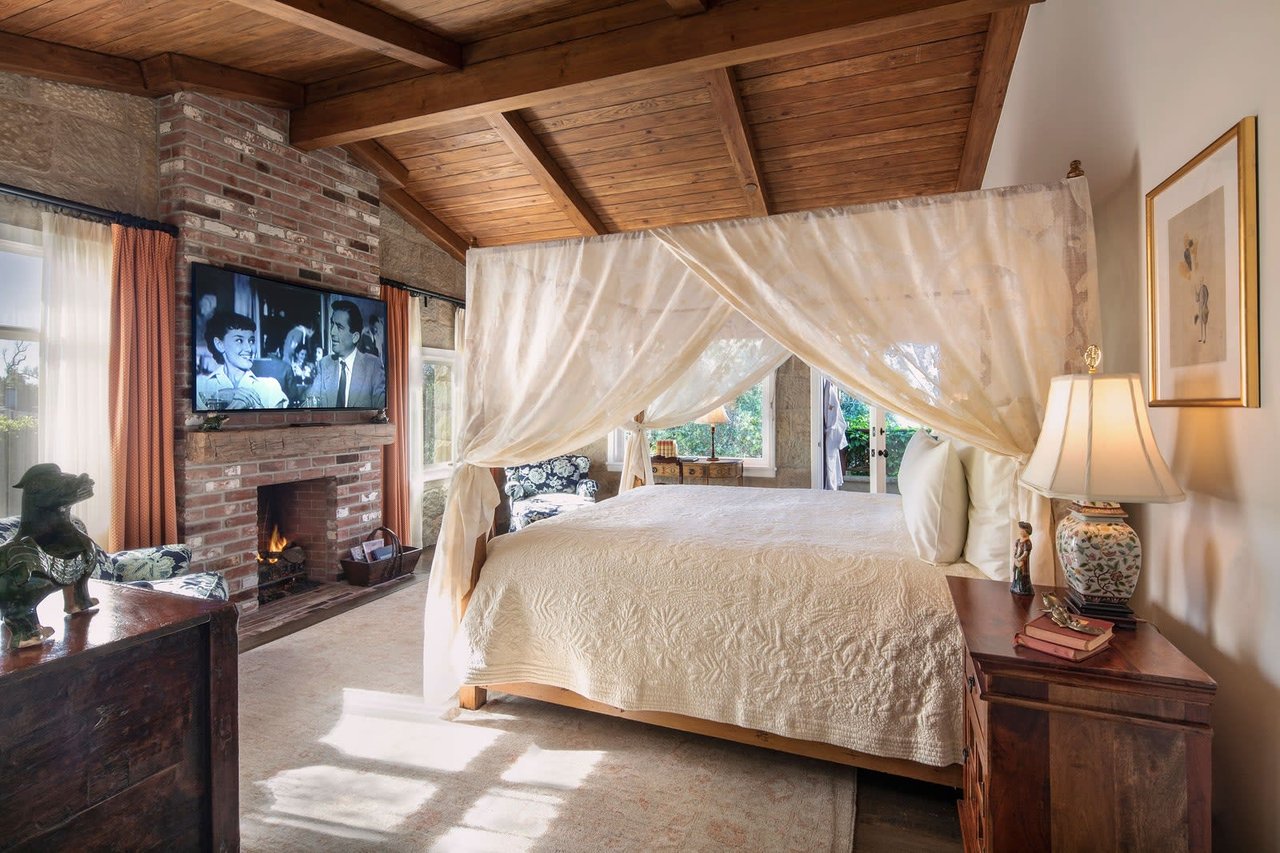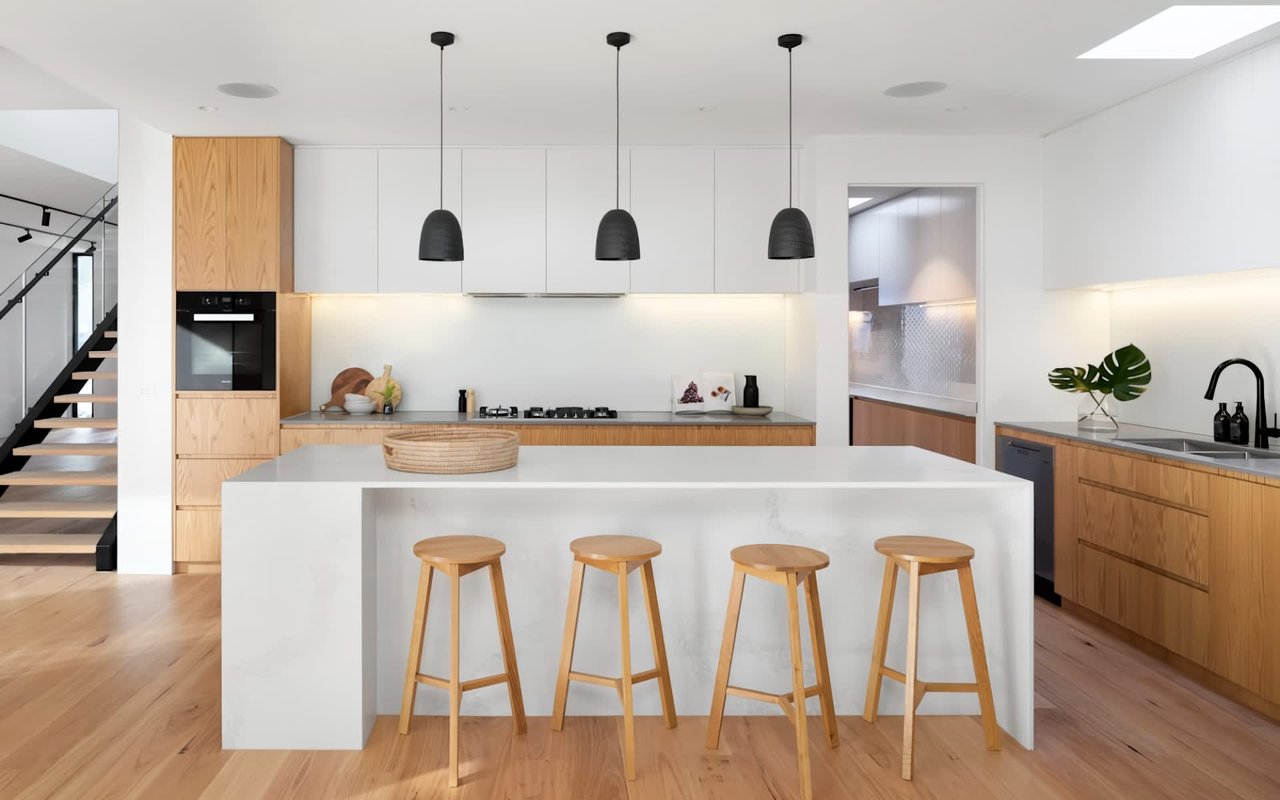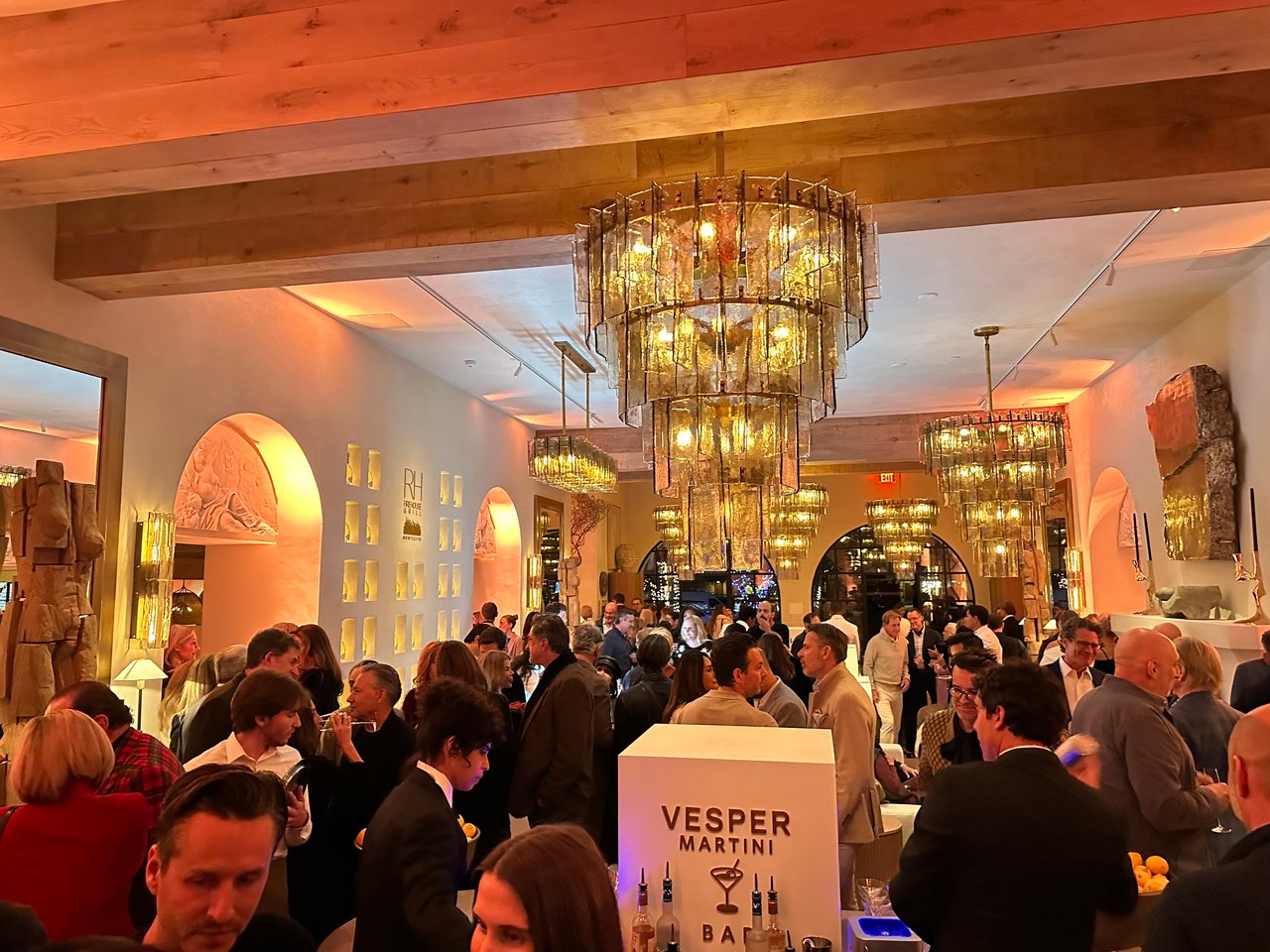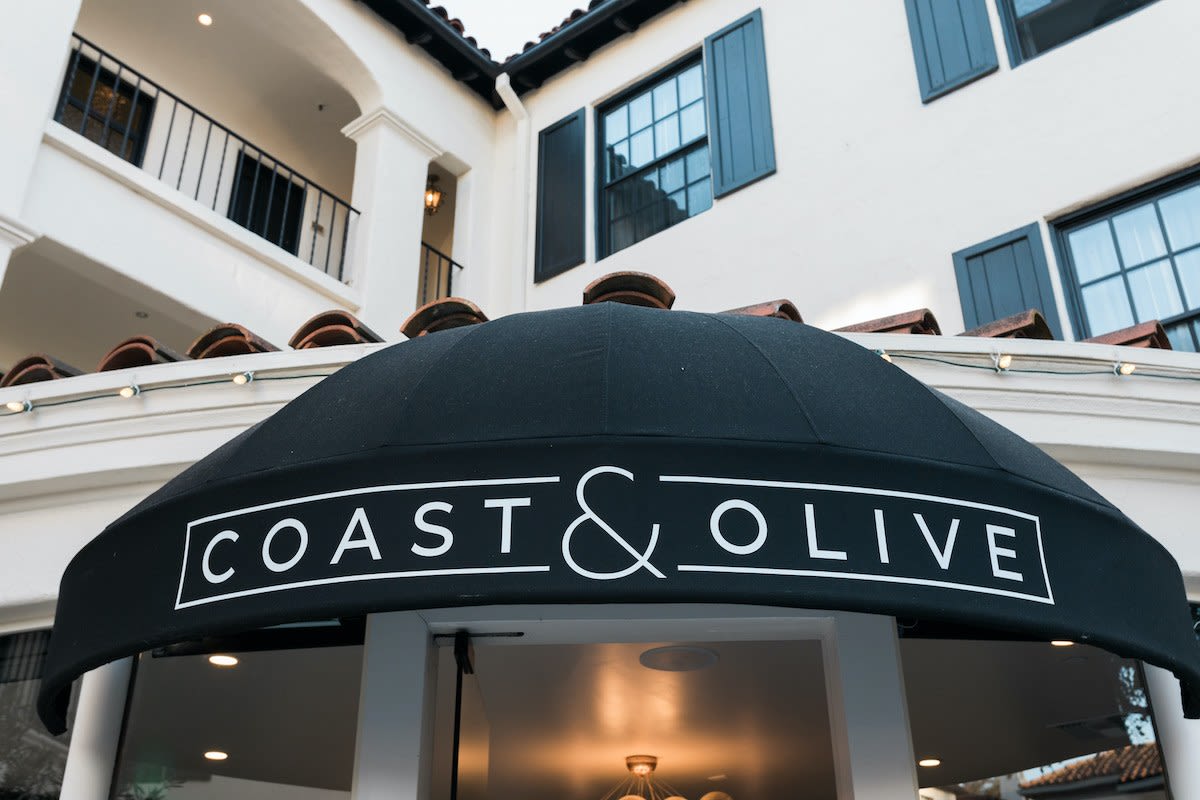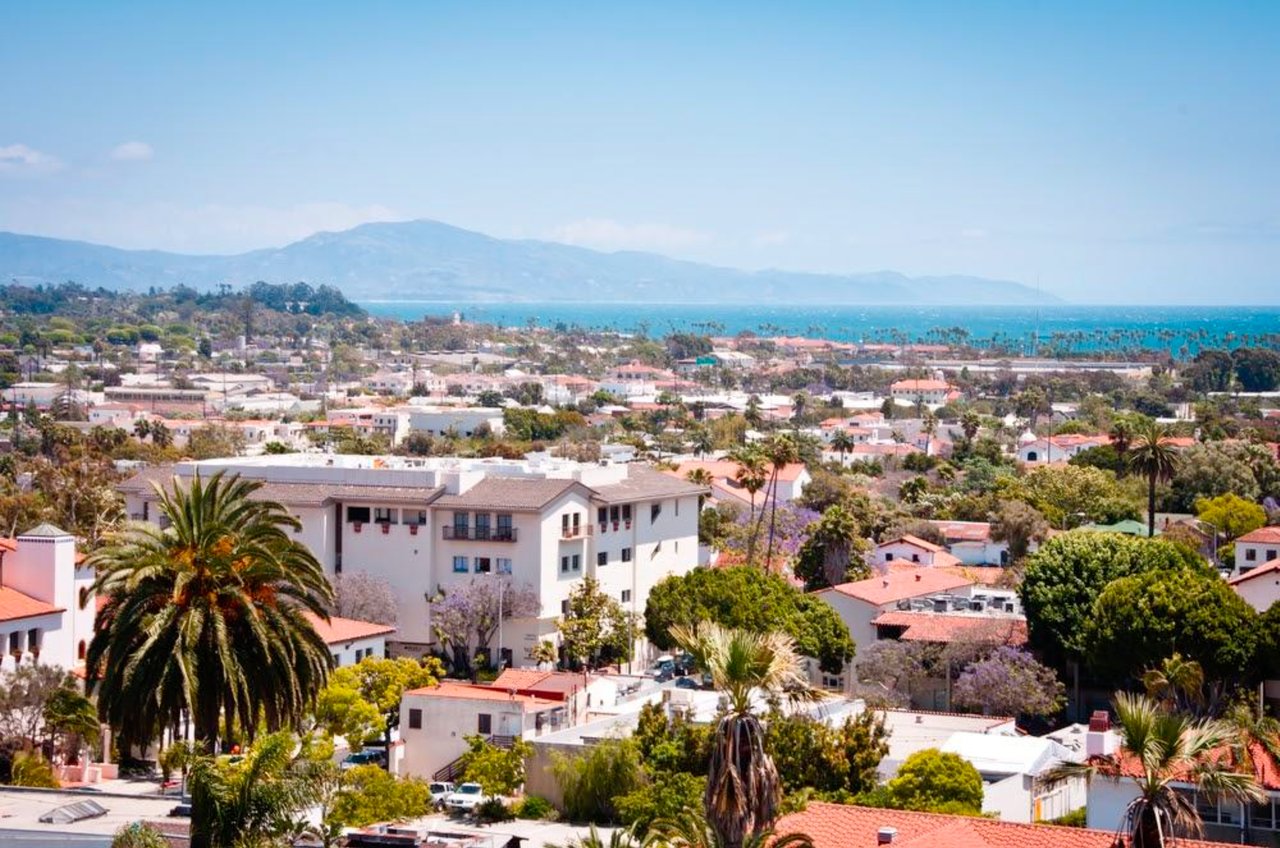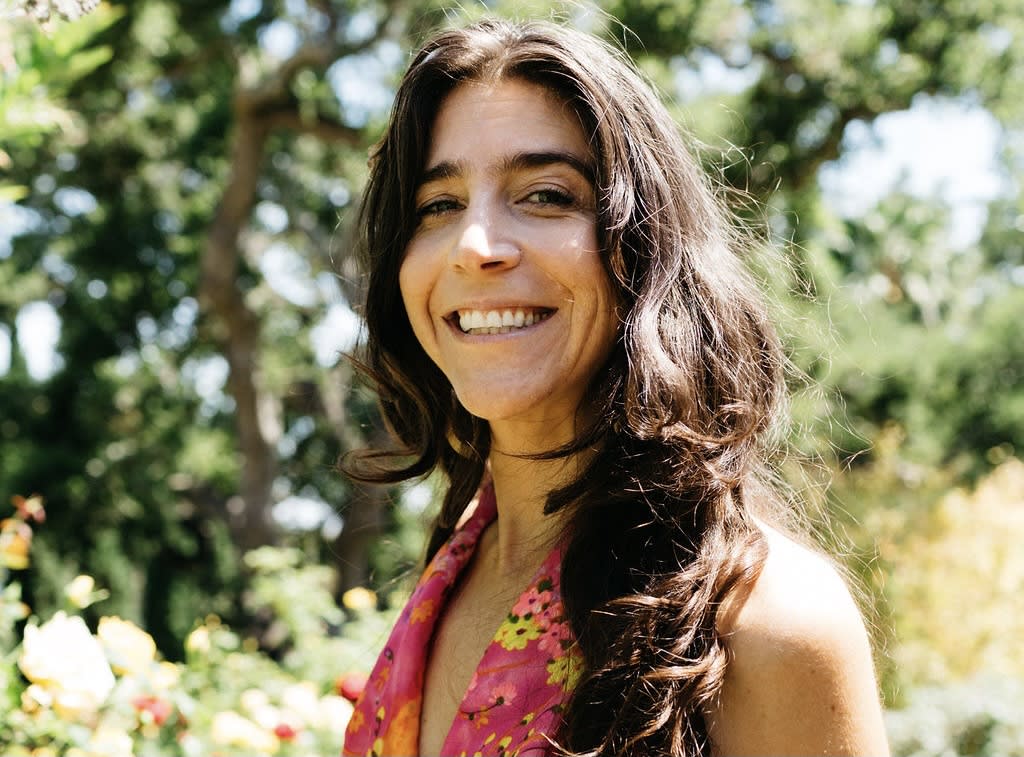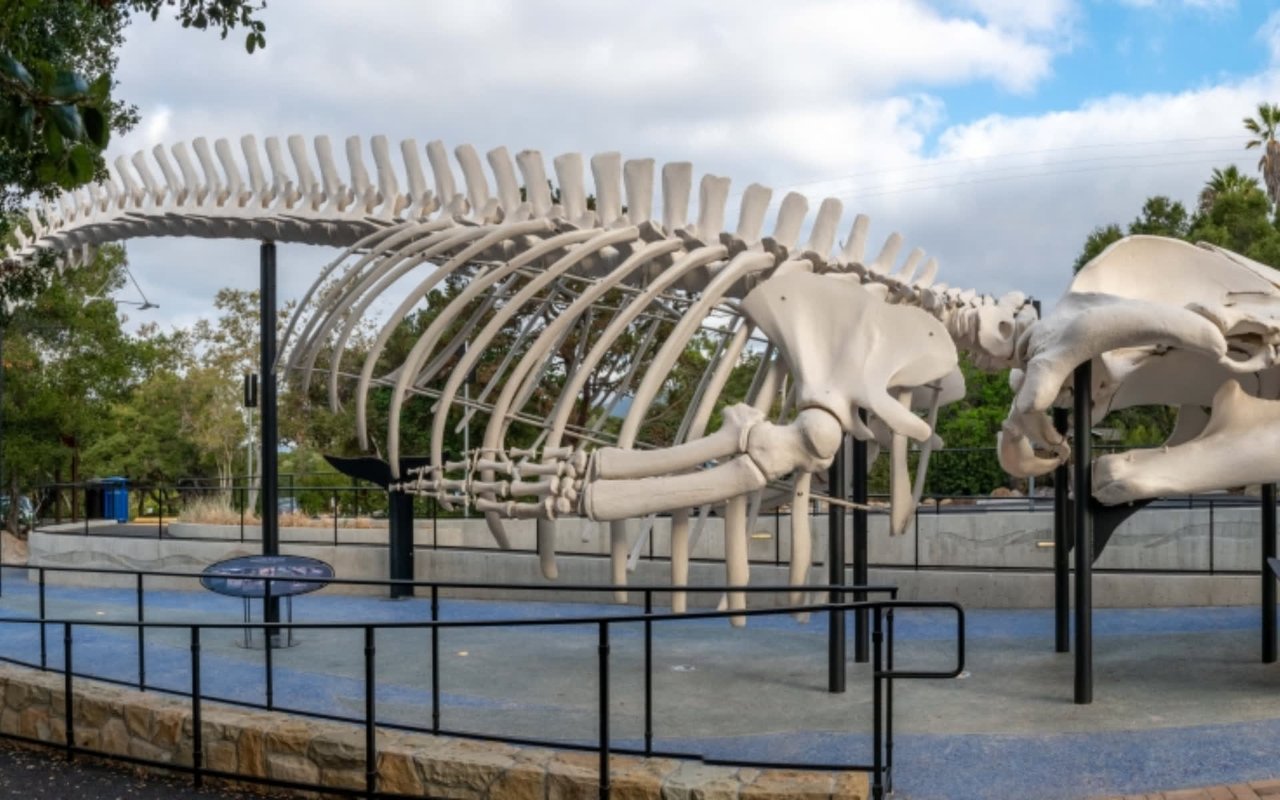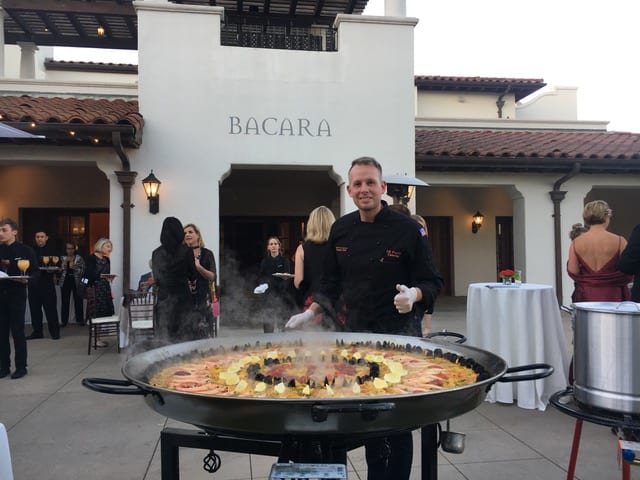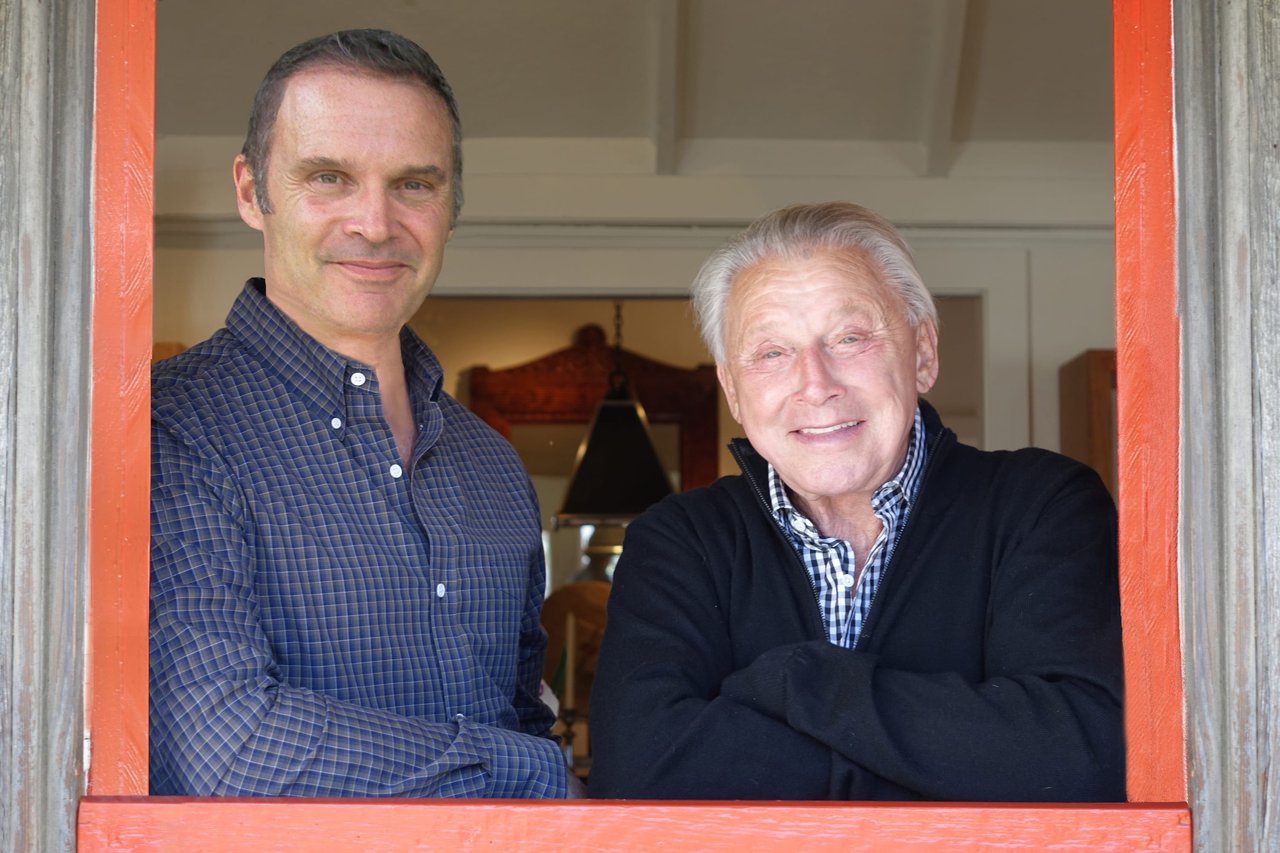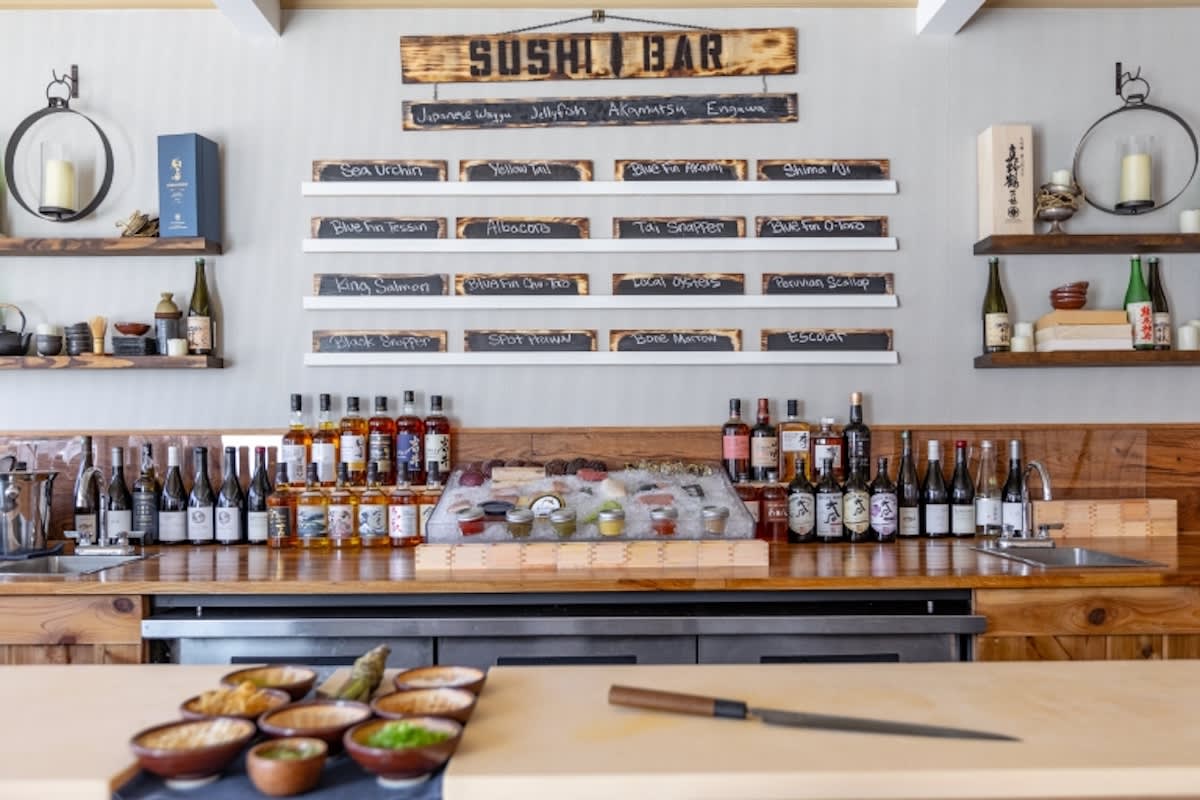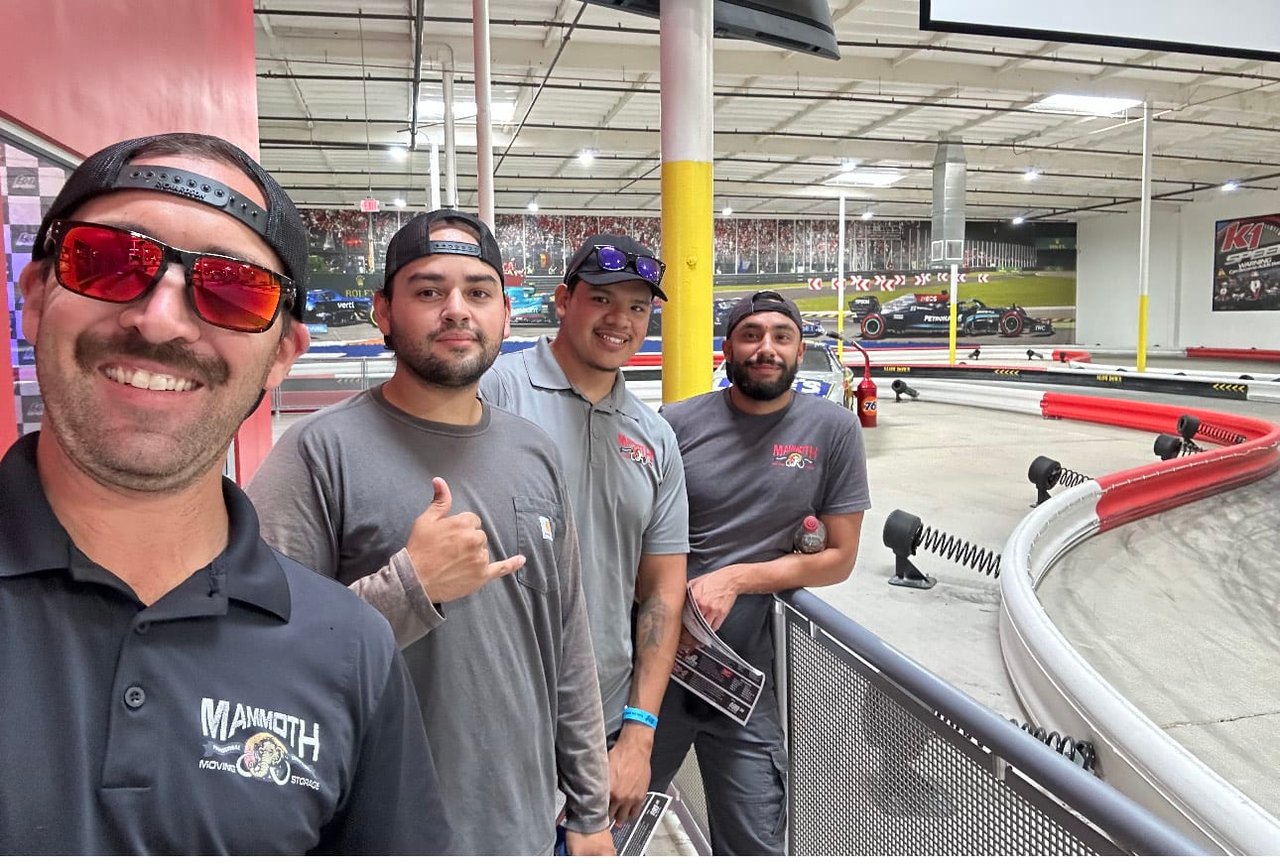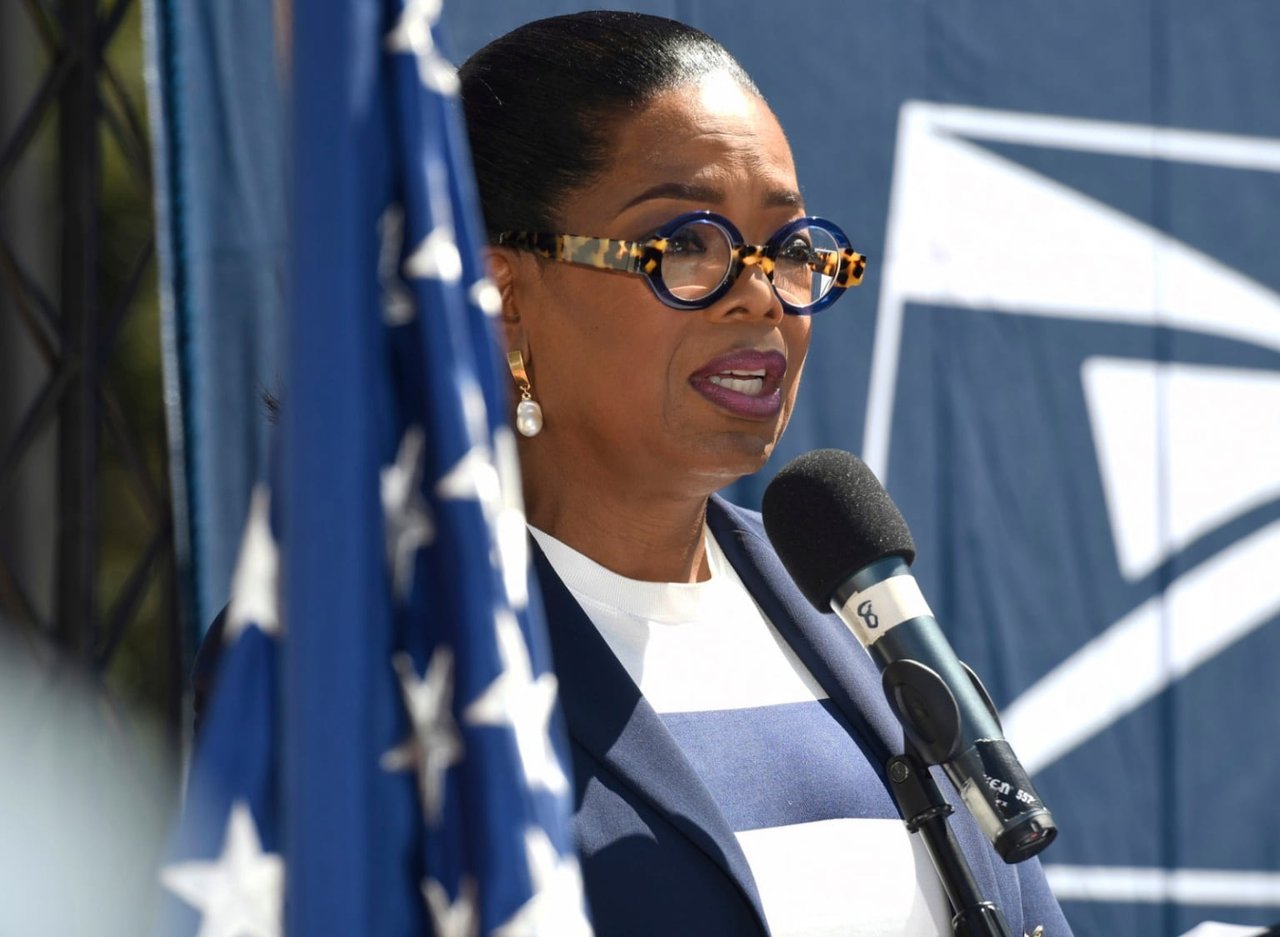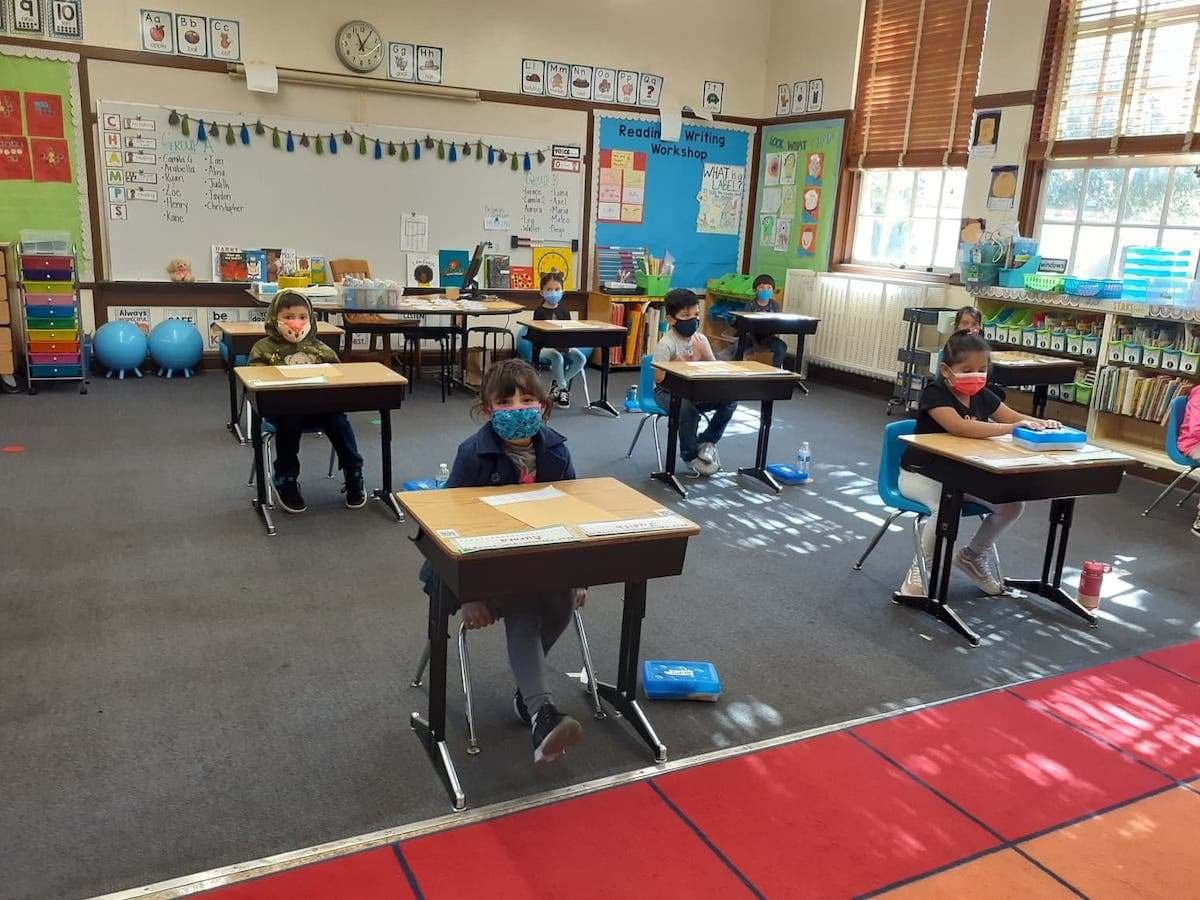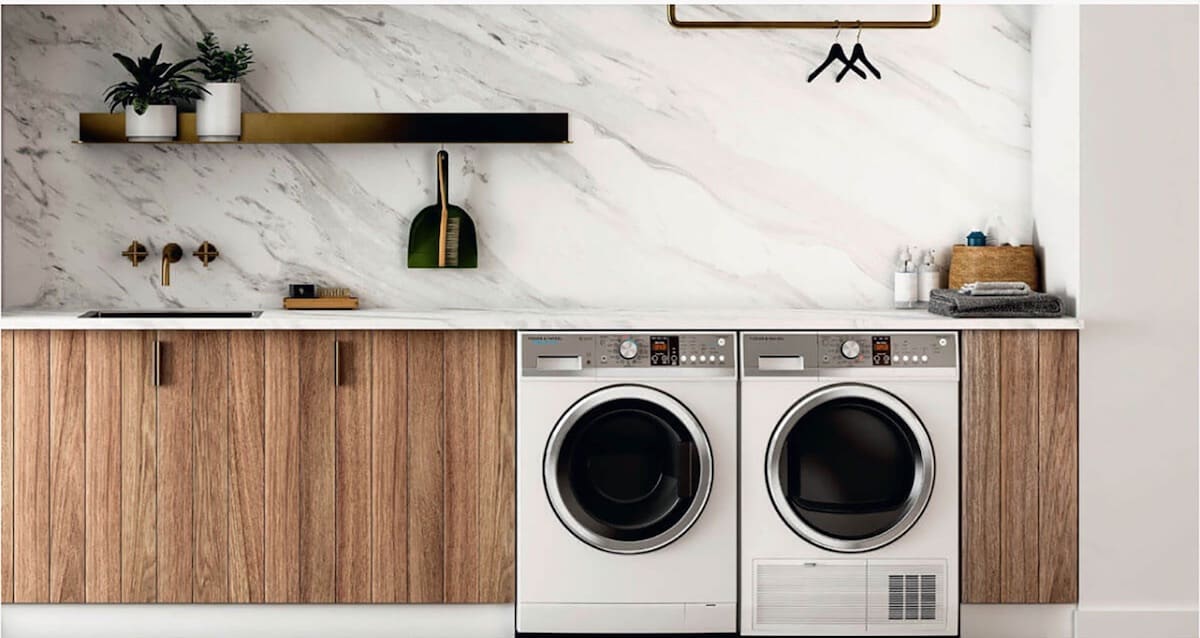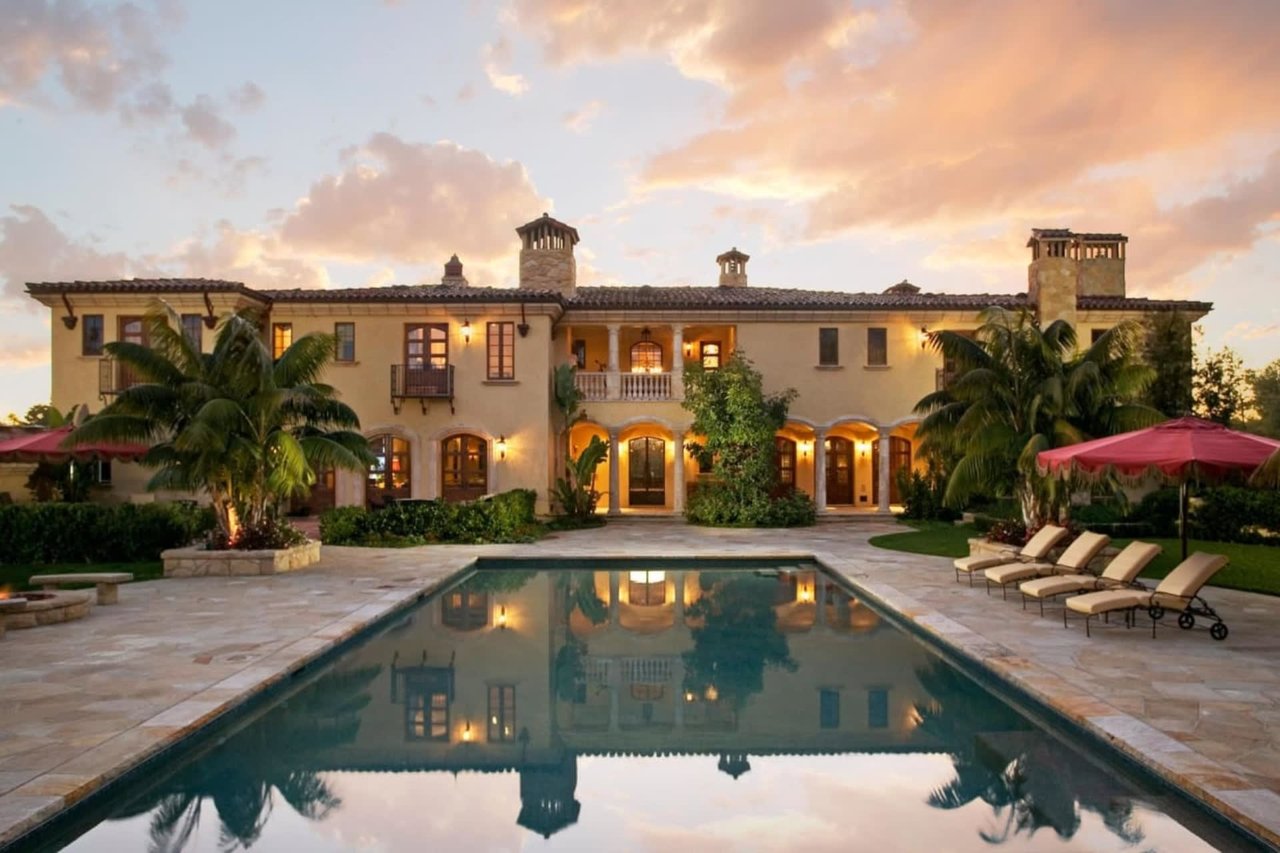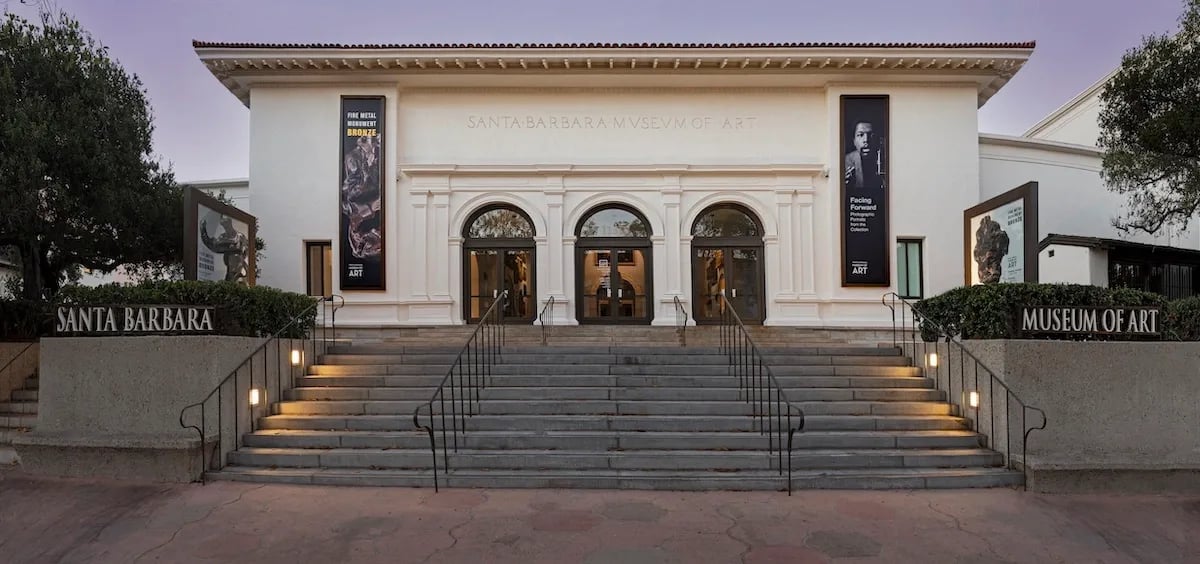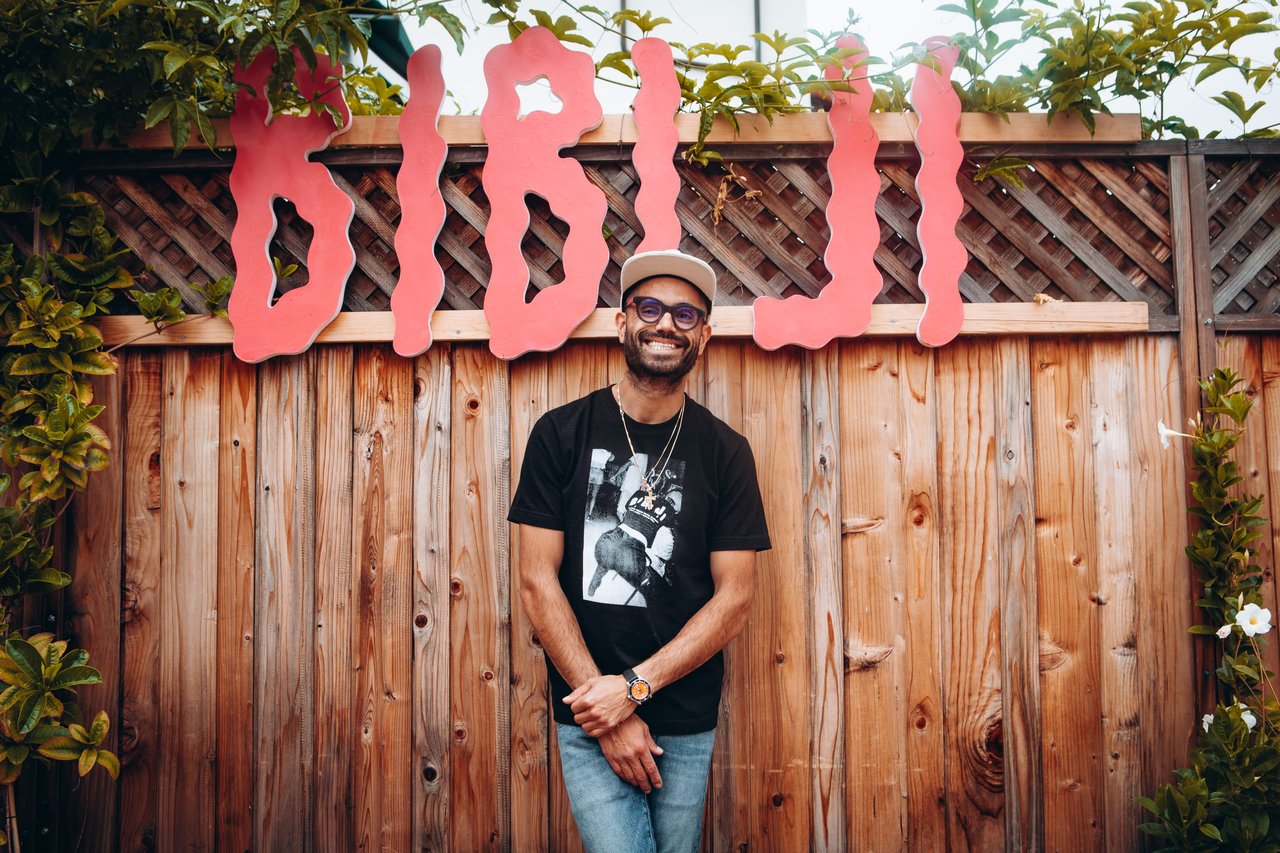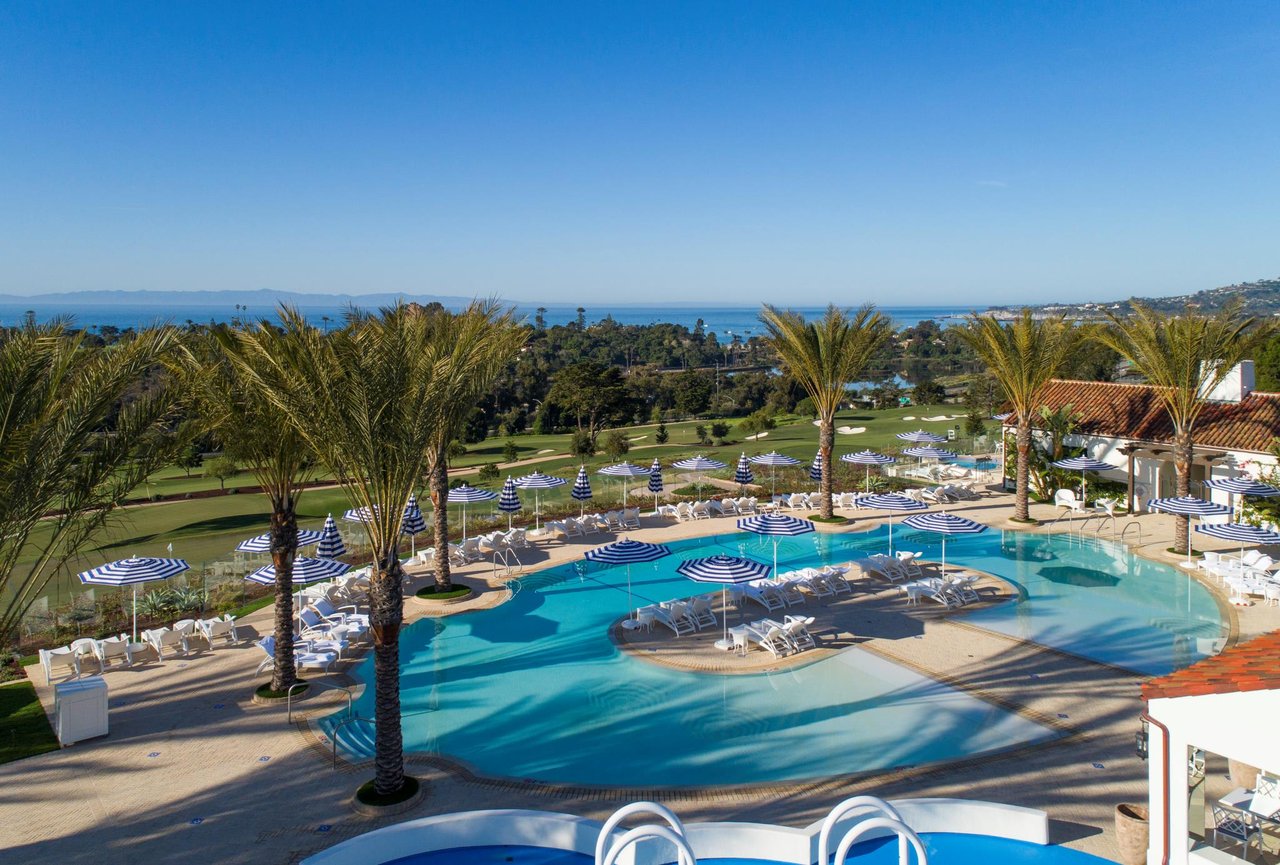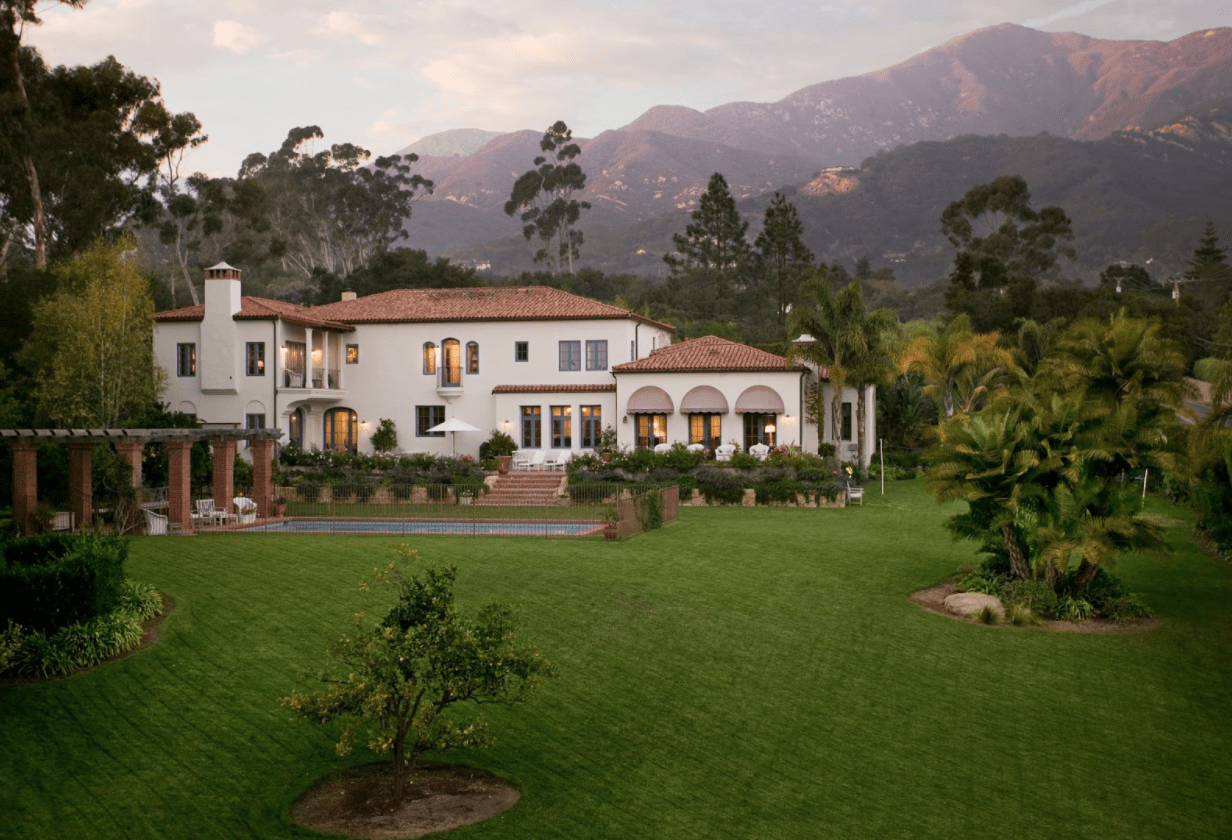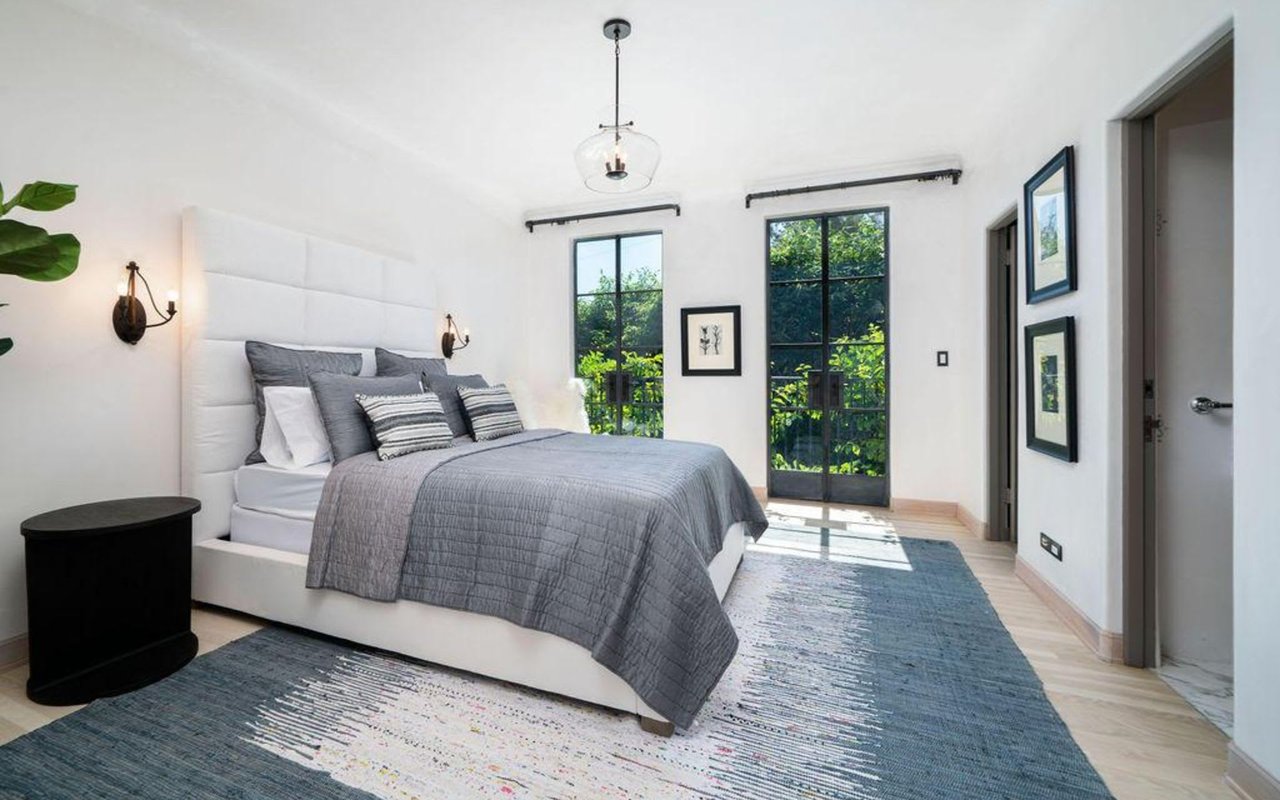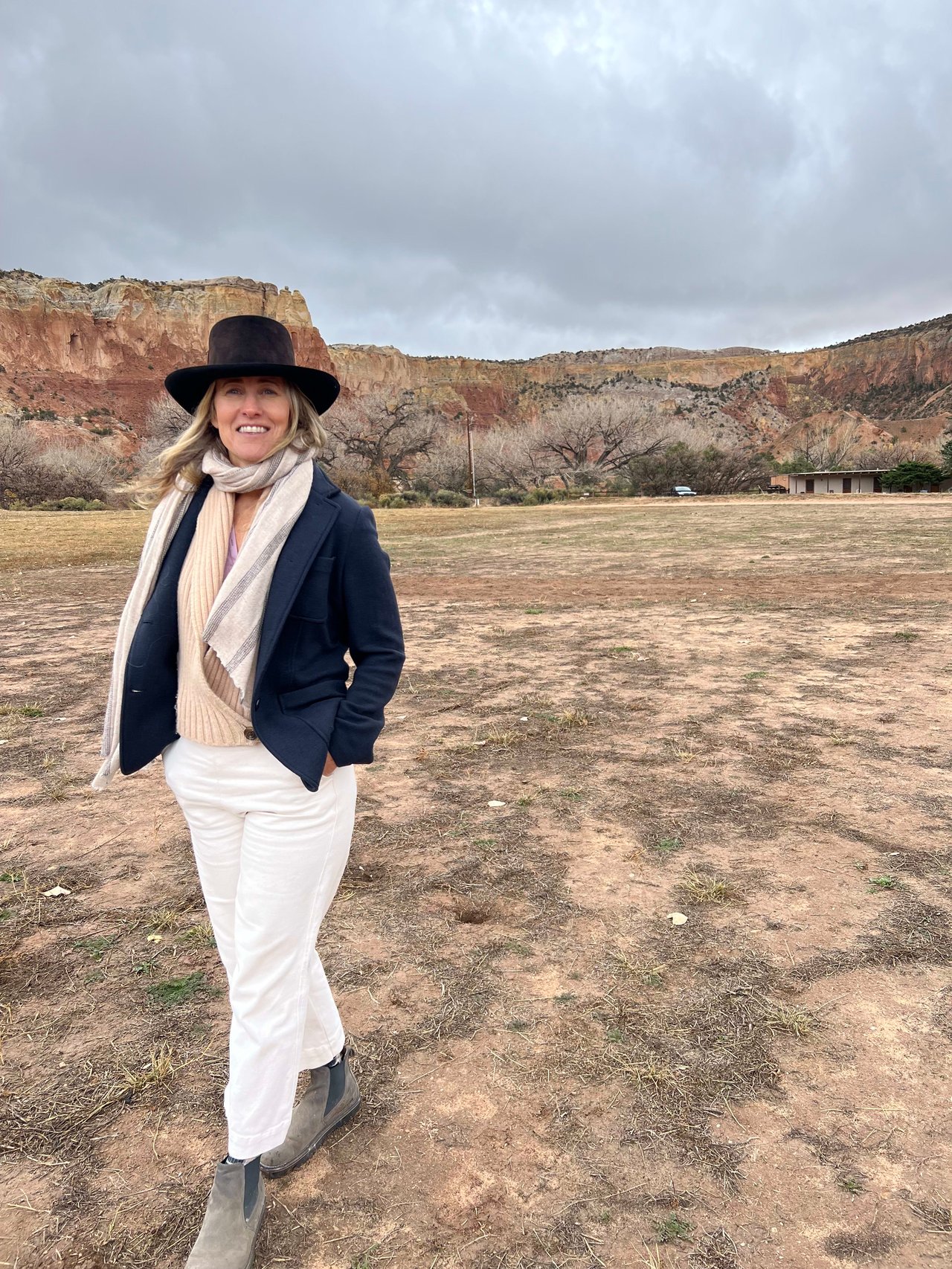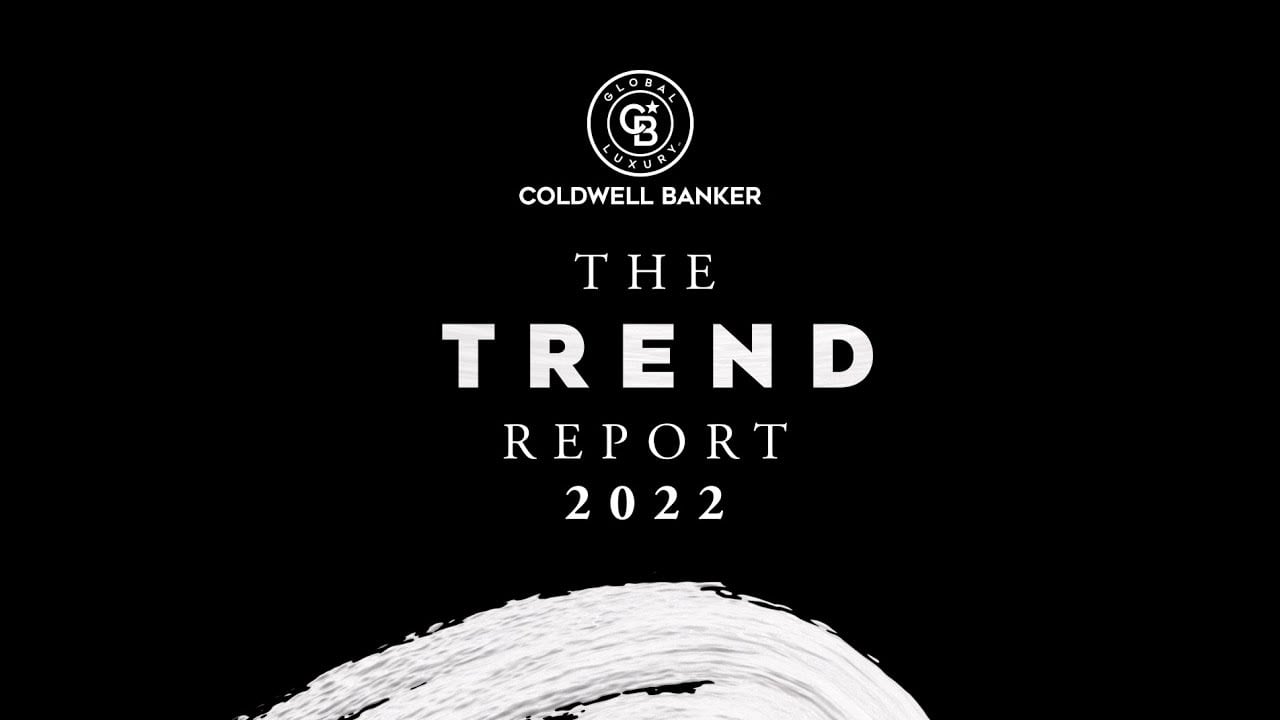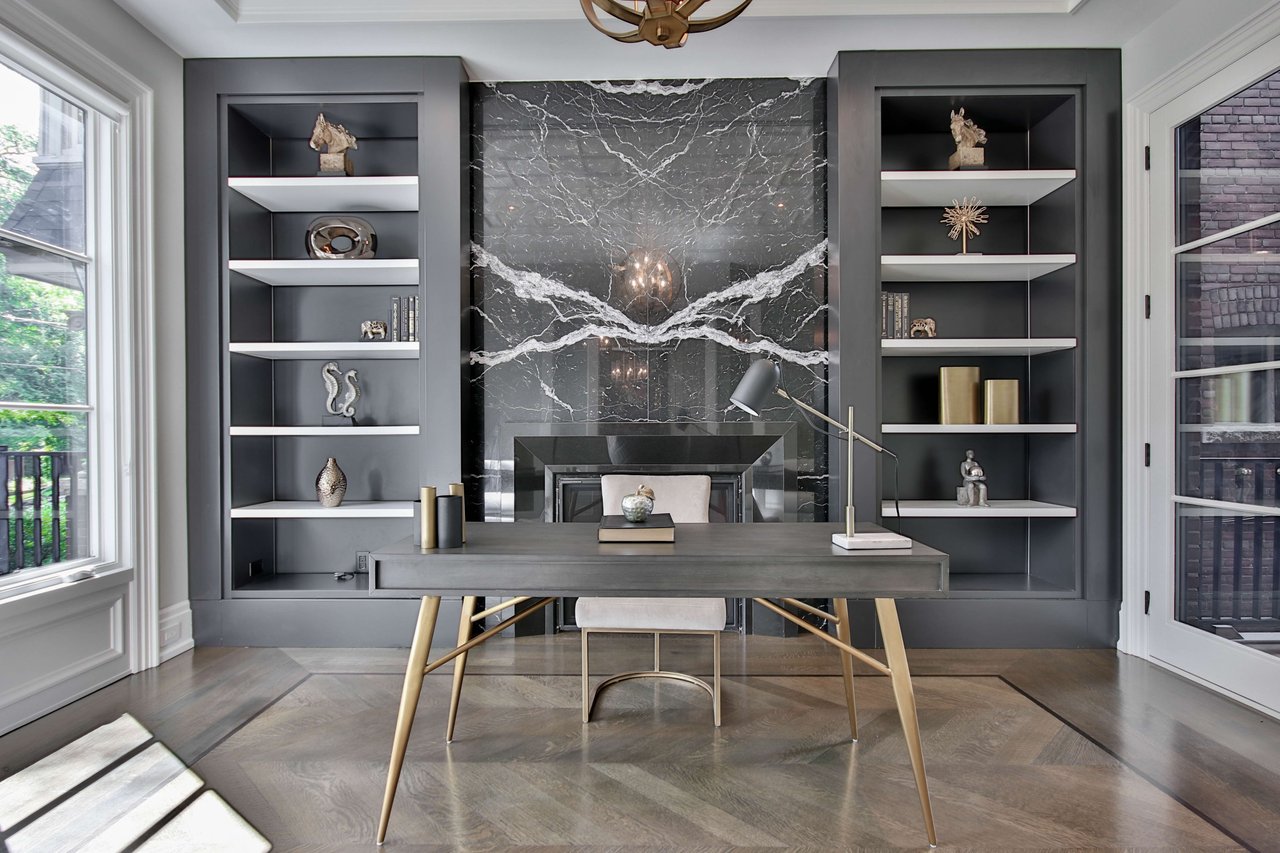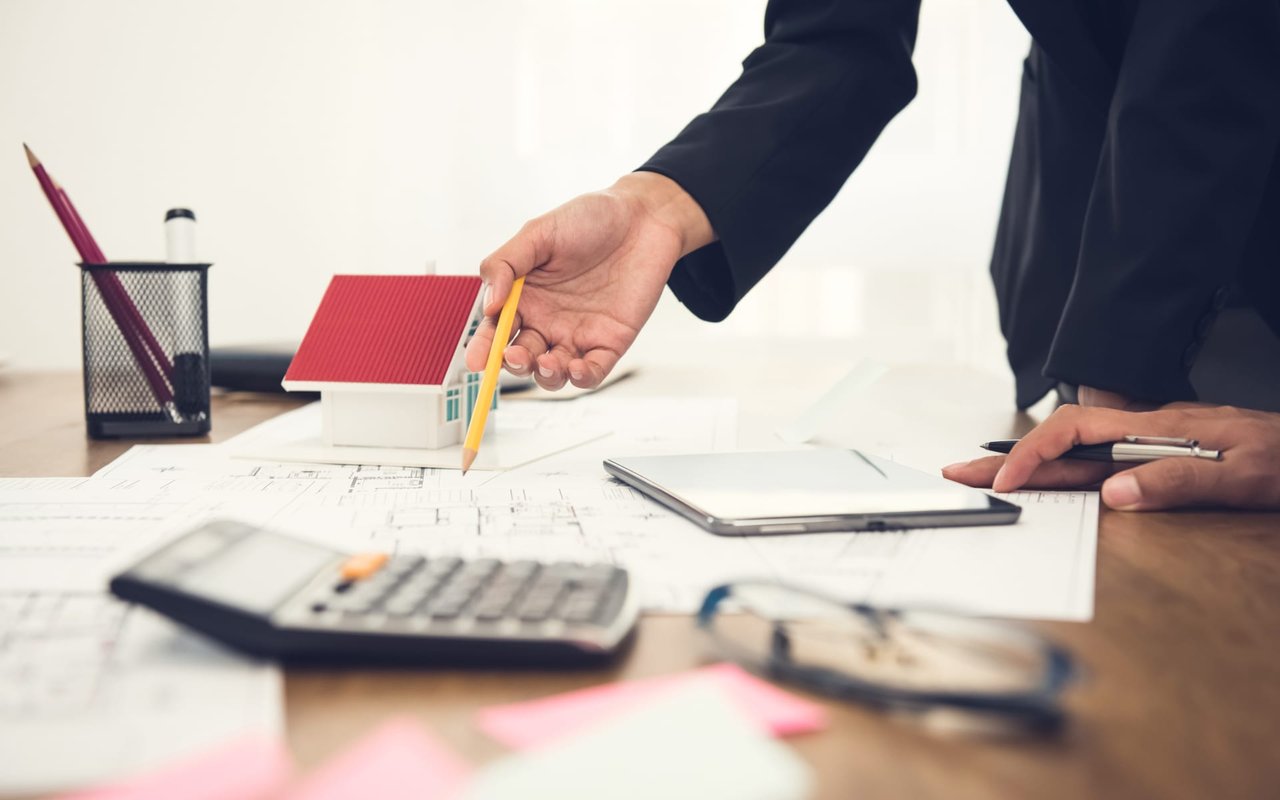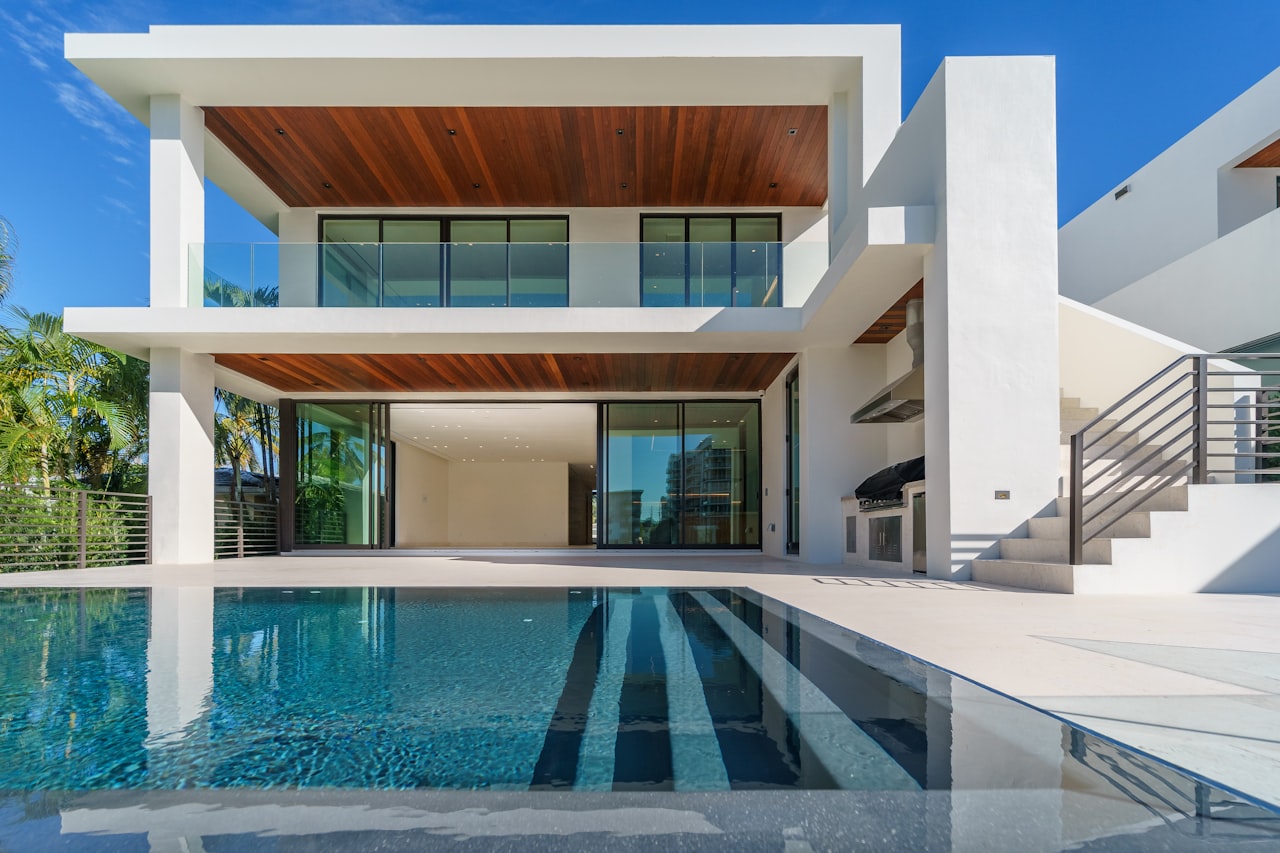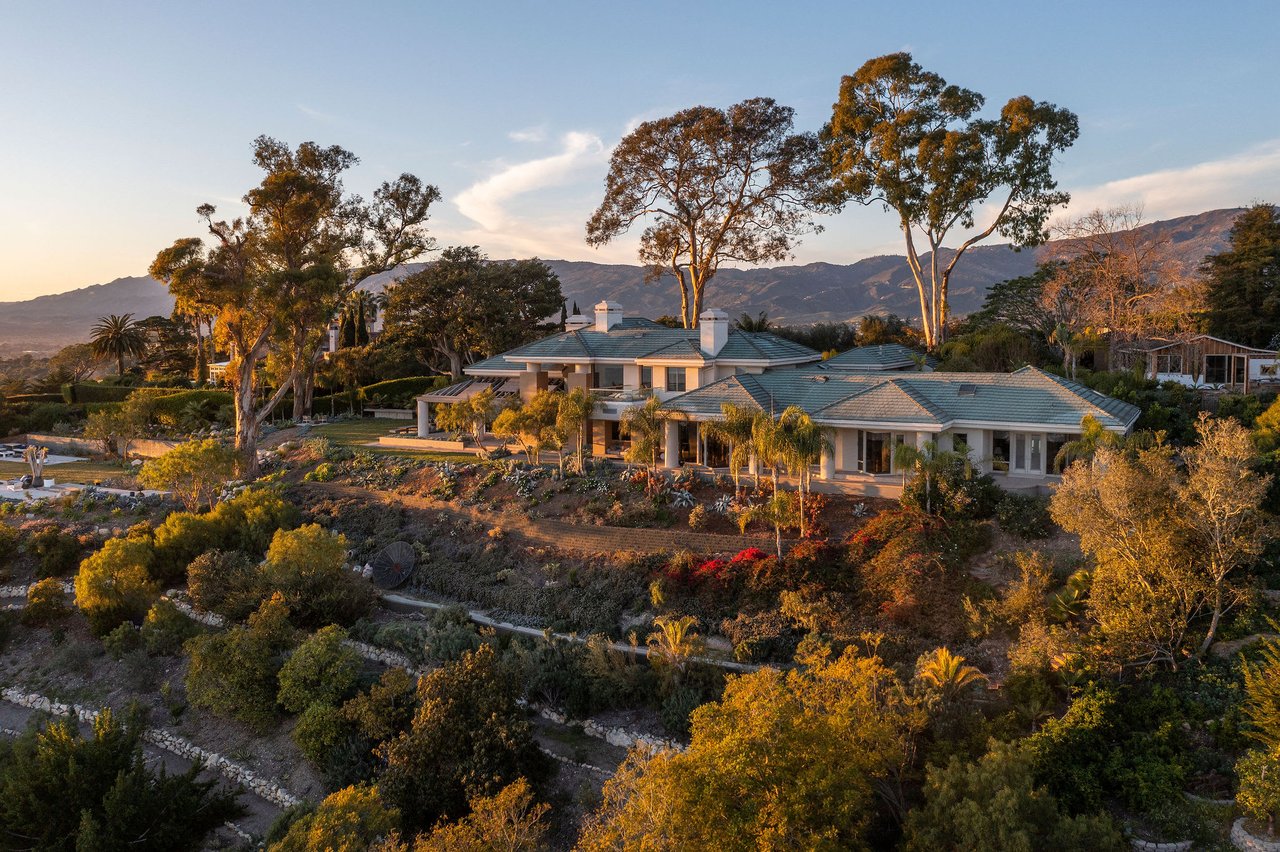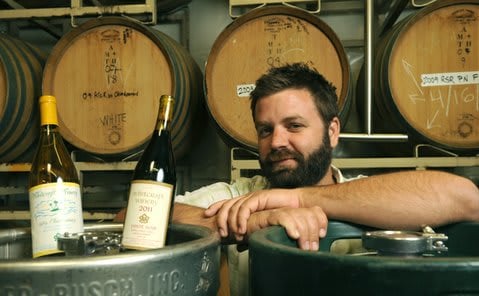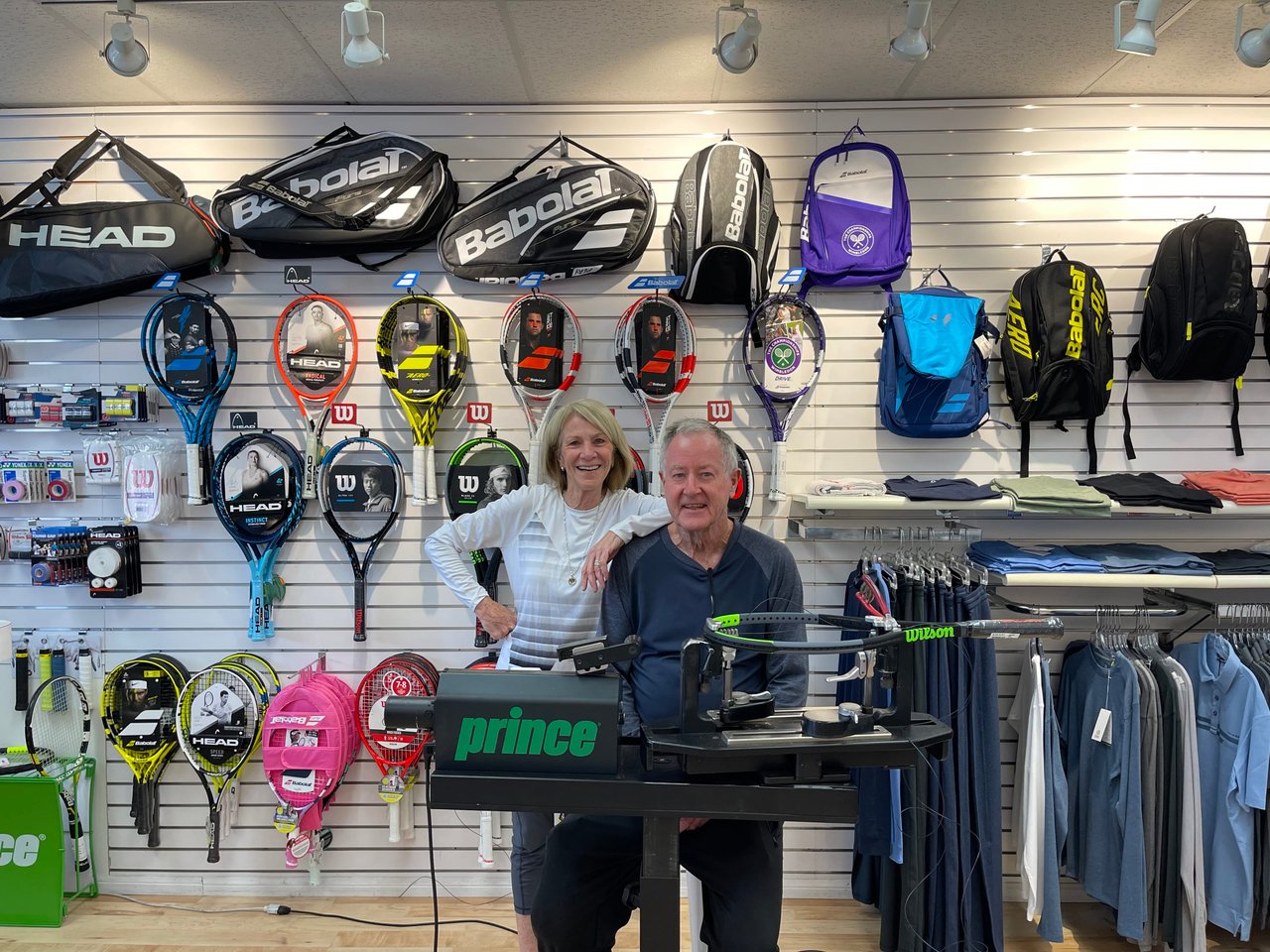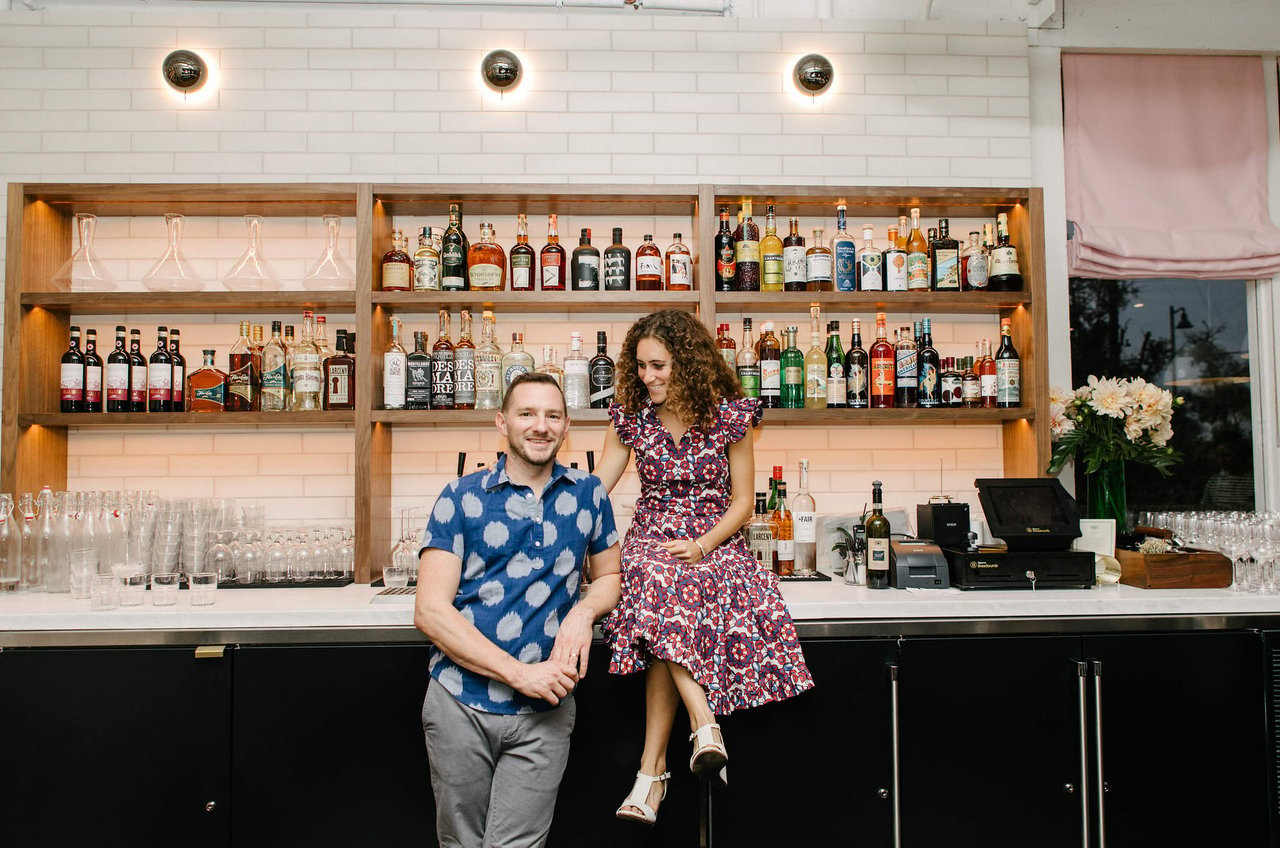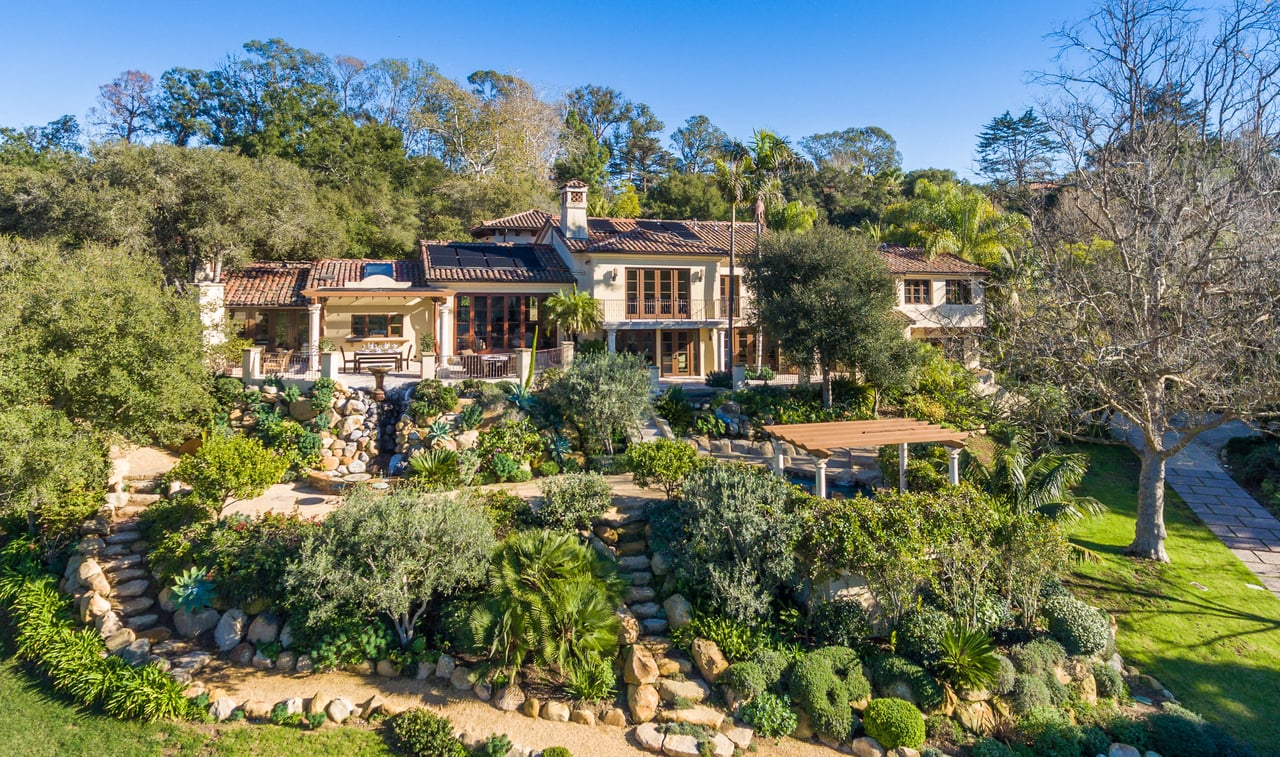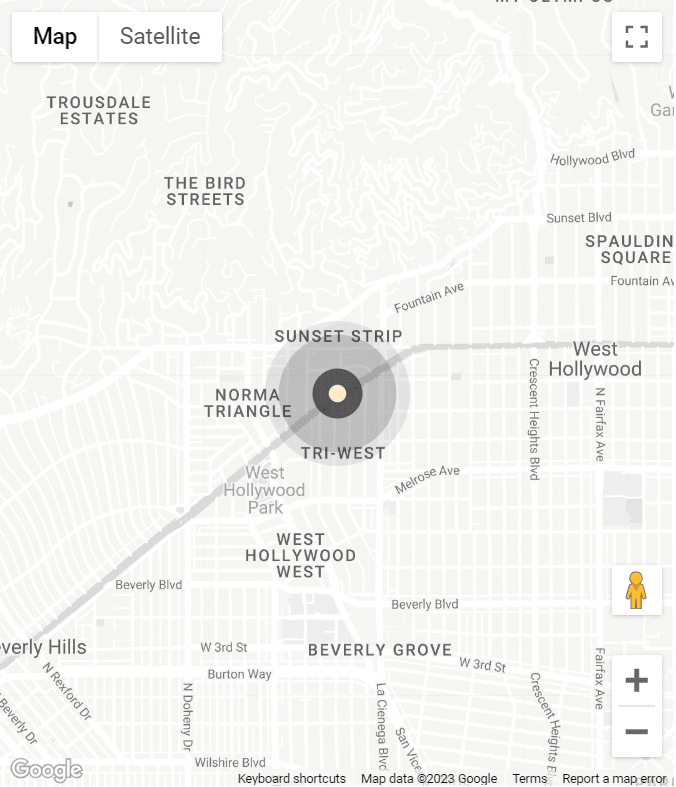Electrifying Santa Barbara
All-Electric Goal by 2030
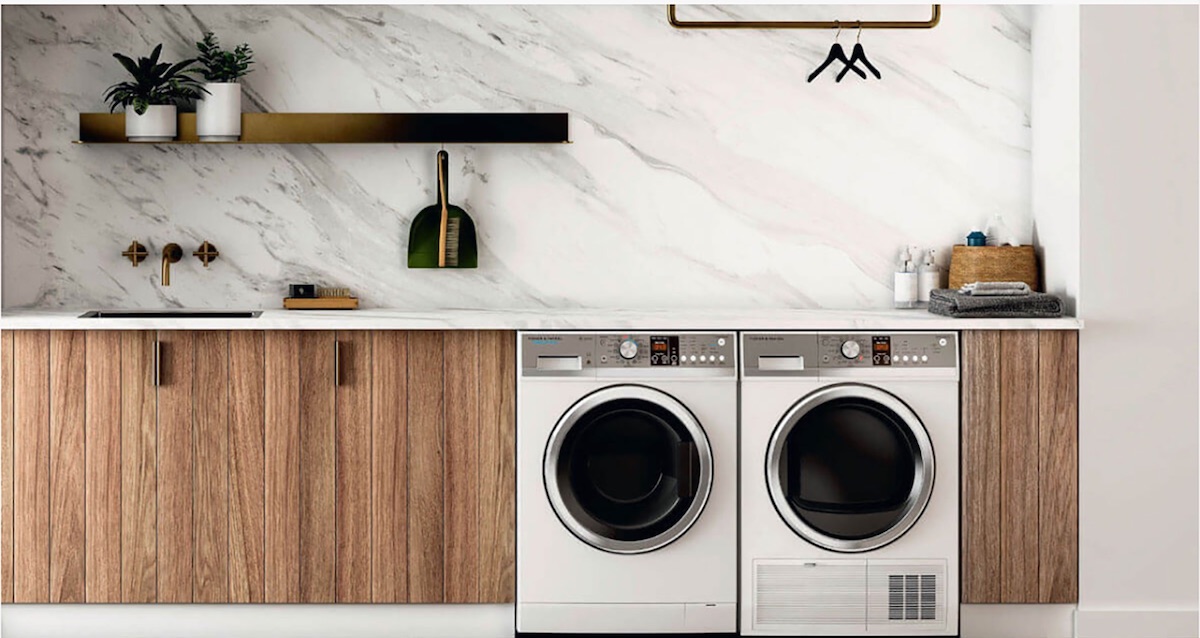
The Santa Barbara City Council recently gave a nod to prepare an ordinance for consideration that would require new construction to be all-electric.
This aligns with recent improvements in building technology that show an all-electric building is cleaner to run, for both our indoor and outdoor air quality. With advances in electric technology, we now have a wide array of systems and appliances to choose from.
Electric appliance technology, however, is not brand-new, and you have been using it for decades with your refrigerator. Called a heat pump, it can be used for space conditioning, water heaters, and clothes dryers. Because electrical equipment and appliances are inherently more efficient than gas, the cost for operation can be comparable.
Jennifer Rennick, AIA of In Balance Green Consulting, a firm specializing in high-performance building, is training architects, builders, and the public through 3C-REN, our Tri-County Regional Energy Network, to create homes and buildings that rely less on burning fossil fuels as an energy source. Jennifer reminds us that heat-pump equipment is tried and true and has been around for decades. “We are not being asked to be guinea pigs,” she reassures us as she credits Denmark with using heat pumps for space conditioning for the past three decades. Locally, the Santa Barbara Courthouse Hall of Records has been using heat-pump technology for 20 years to heat and cool the building.
The proposed all-electric ordinance for new construction would only apply to a small percentage of our buildings, as existing structures would be exempt. Currently on average, there are about 20 new construction permits issued every year in Santa Barbara. Even if the ordinance gets enacted, that leaves thousands of structures that will still need to be updated. Nobody is suggesting we start replacing our existing gas equipment and appliances before their usable life span is over. However, as our infrastructure ages and needs replacing, we should use electric.
When converting to electric, is it as easy as swapping out gas appliances for electric? In many cases, yes, and 3C-REN explores the multiple options available in their online programs. Gone are the old electric-coil cooktops and the small European dryers that run endlessly without actually drying clothes. These new models are performing as well as, if not better than, their gas cousins.
Gas ranges seem to be a sticking point for many people, but Mike Horgan, a licensed contractor specializing in energy-efficient homes, enjoys breaking the myth that gas is better. In a side-by-side comparison, a pot of water will come to a boil faster using an induction cooktop than a gas flame. The truth is that heating by electric induction is more precise and manageable than gas. As with any new technology, there is a slight learning curve, but many cooks who use induction end up preferring electric over gas.
The California Architectural Institute of America lists cost savings as a benefit of electricity: “A heat pump provides both heating and cooling in one appliance and costs less than a furnace and an air conditioner. Eliminating gas piping, flues, and the gas meter further reduces costs. An all-electric new home in Los Angeles costs about $9,000 less to build than one with gas.”
The city of Berkeley, in adopting an all-electric code for new construction, cited safety as their main reason. And it stands to reason: Do we really want to have combustible fuels in our homes?
Increasing the supply of renewable energy goes hand in hand with lessening our dependence on fossil fuels. Santa Barbara Clean Energy, a supplier of renewable energy, is laying out a roadmap to meet the City of Santa Barbara’s 100 percent renewable electricity goal by 2030.
As our grids become more flexible, reliable, and sourced from renewable energies, we can update our homes one appliance at a time. We can increase our buildings’ efficiency so we need less energy. The future is now, and this next decade should be a time of phased transition and upgrades to meet our goal of carbon neutrality by 2030. For more information about going all-electric, see 3c-ren.org/building-performance-training.
Dee Carawan, AIA, is a local architect with a residential practice. She can be reached at [email protected]. Architecturally Speaking is written by members of the American Institute of Architects’ Santa Barbara chapter.






